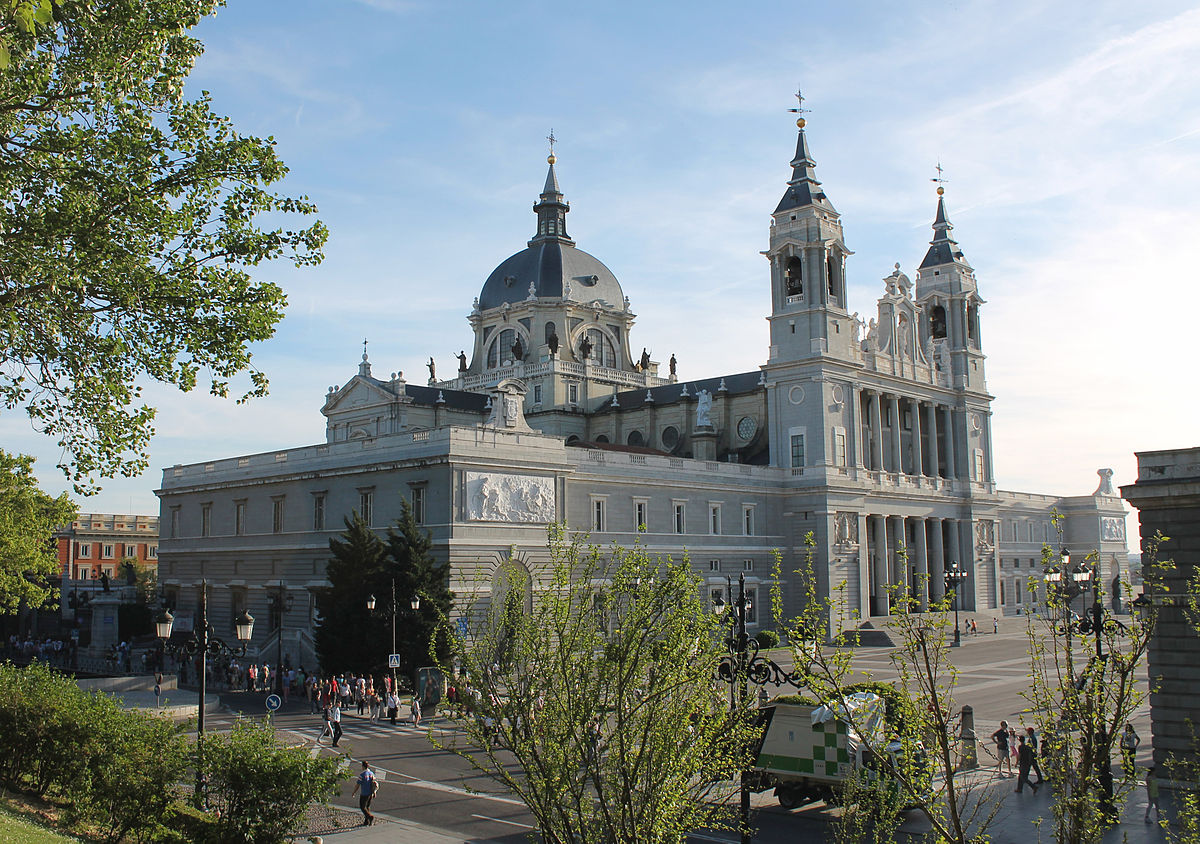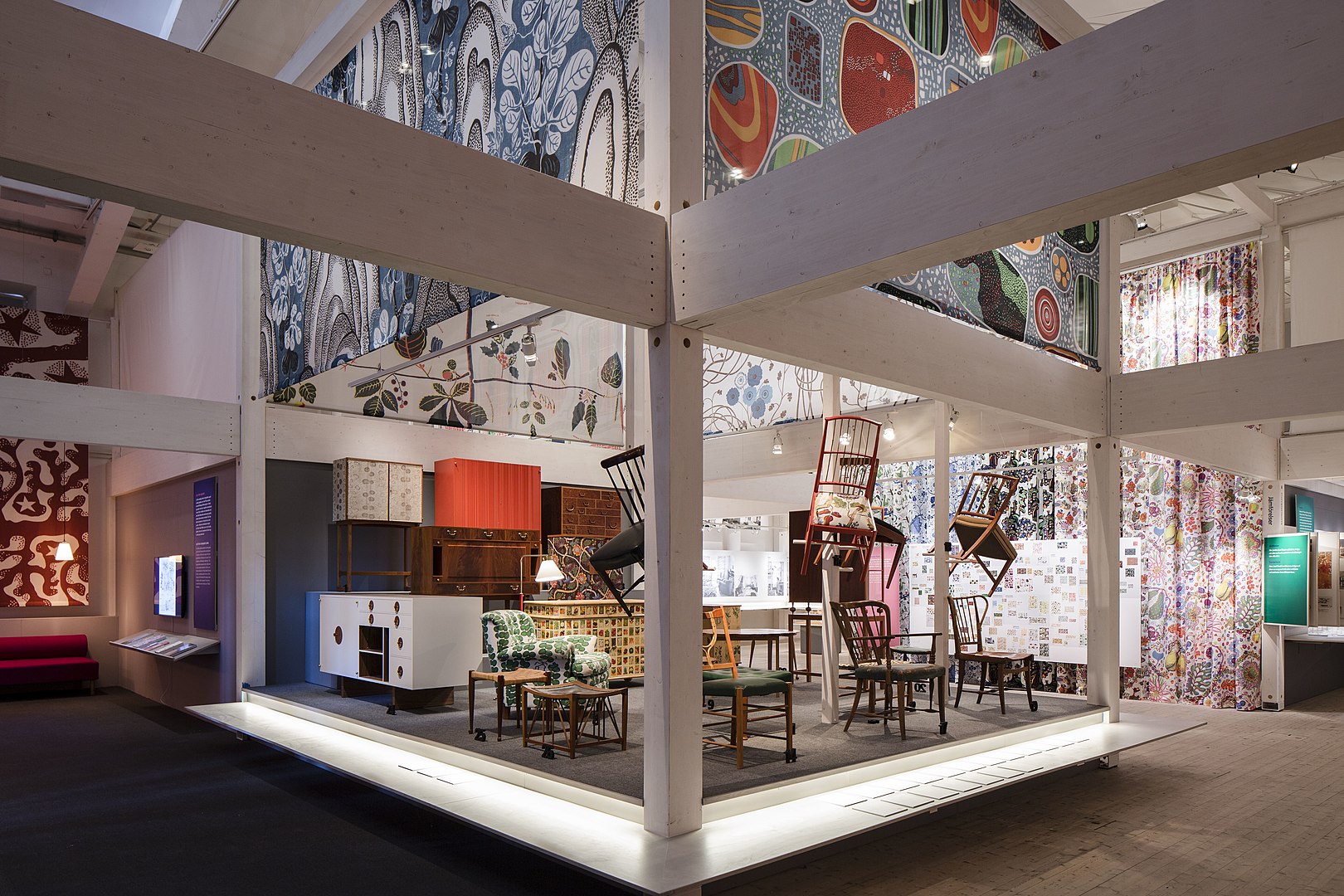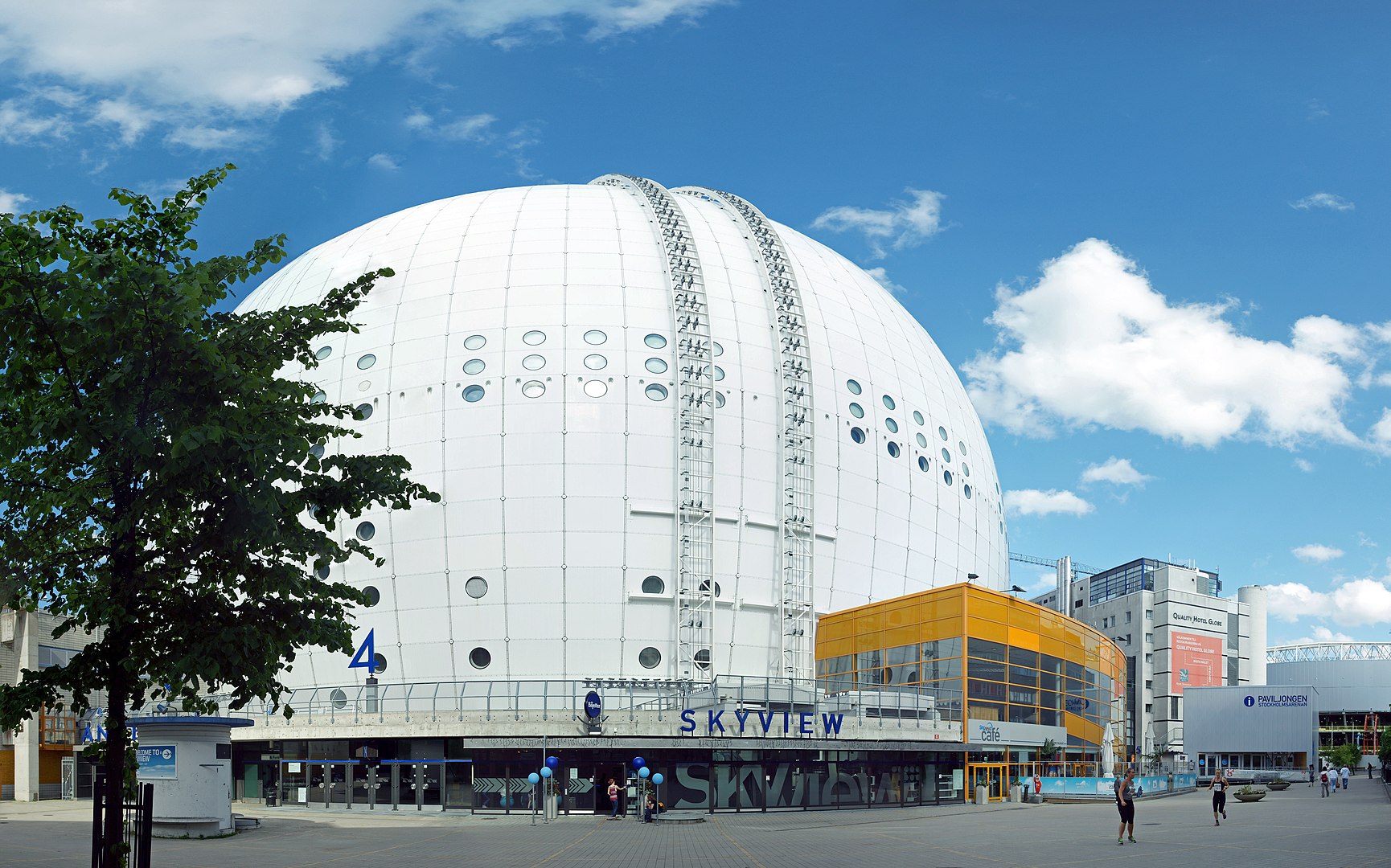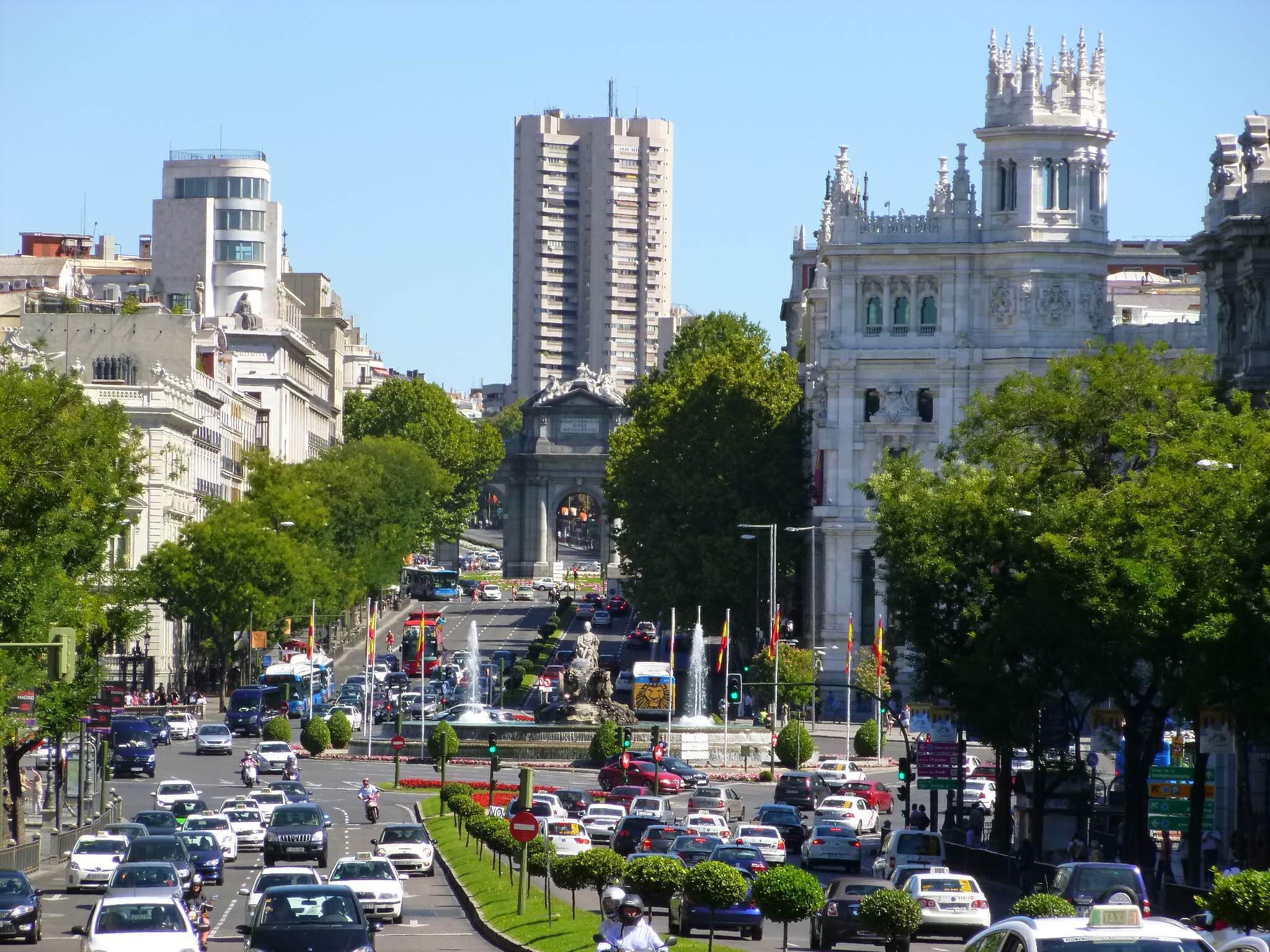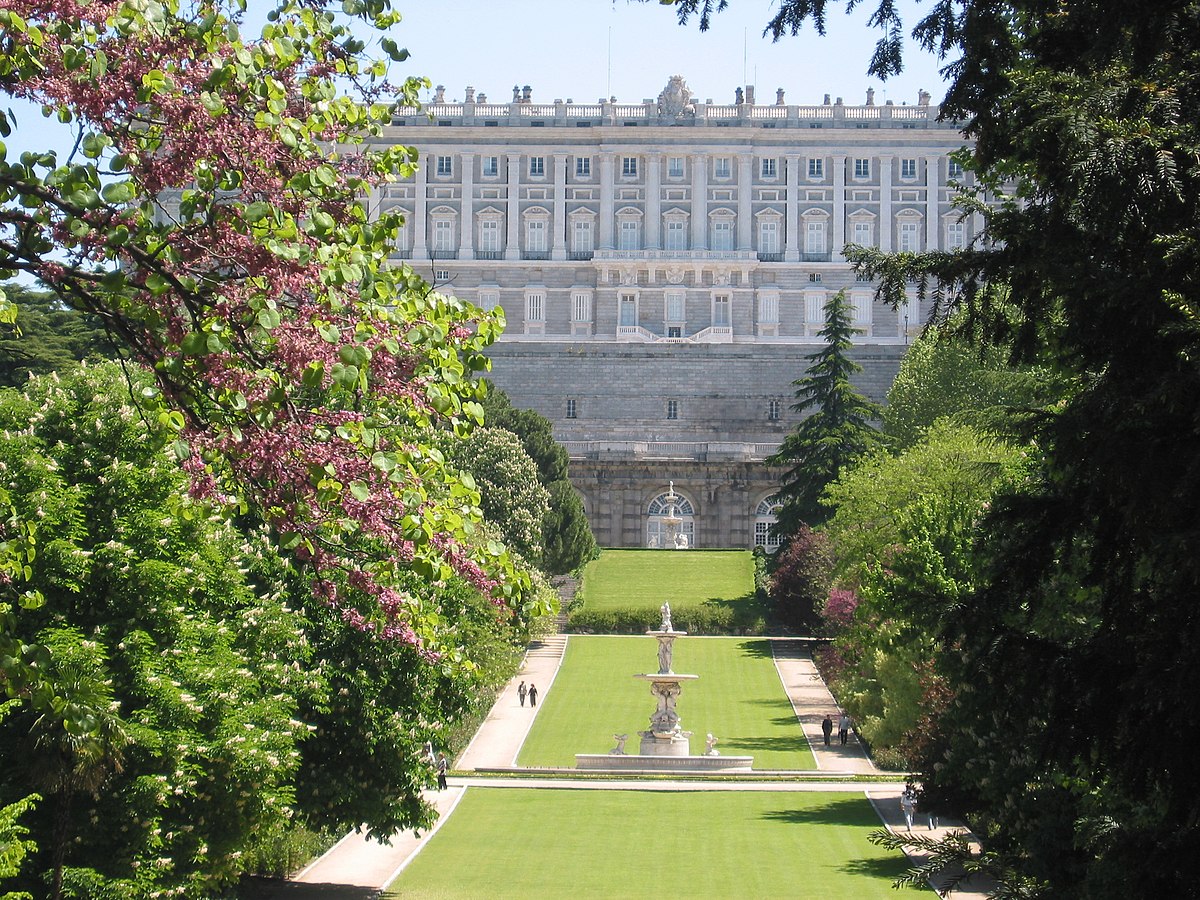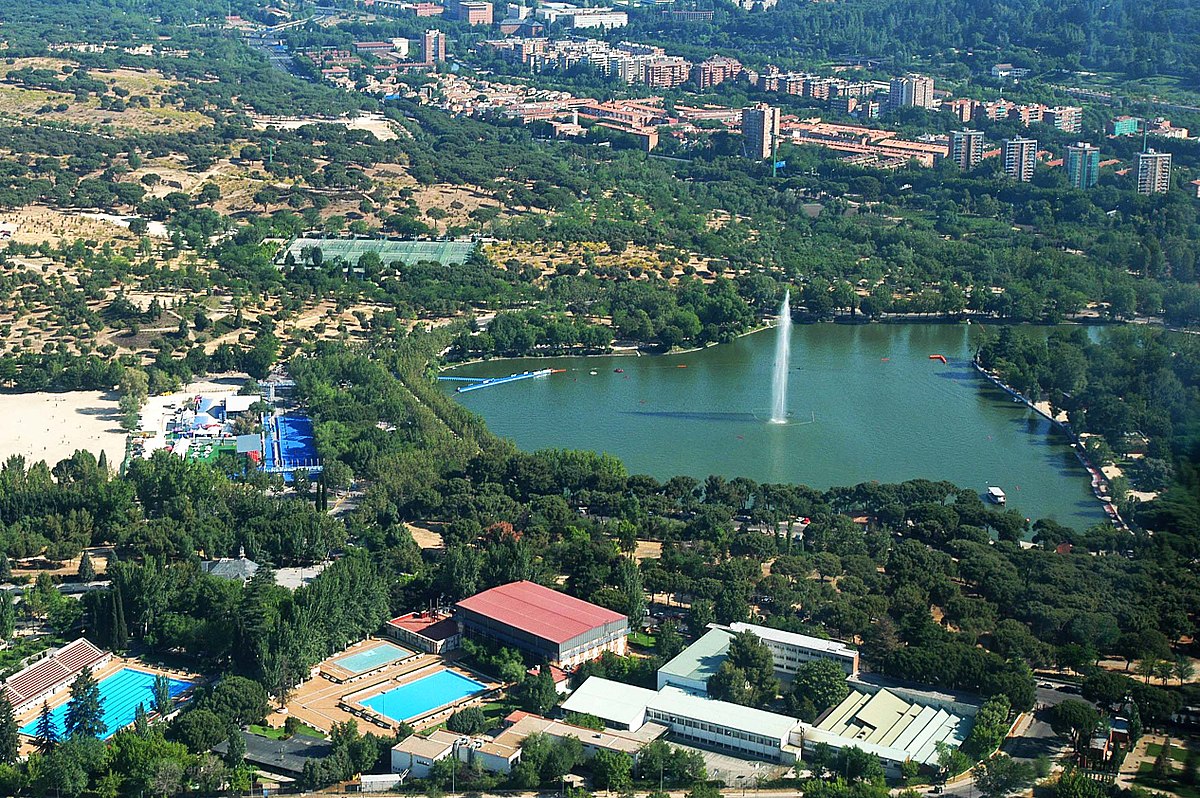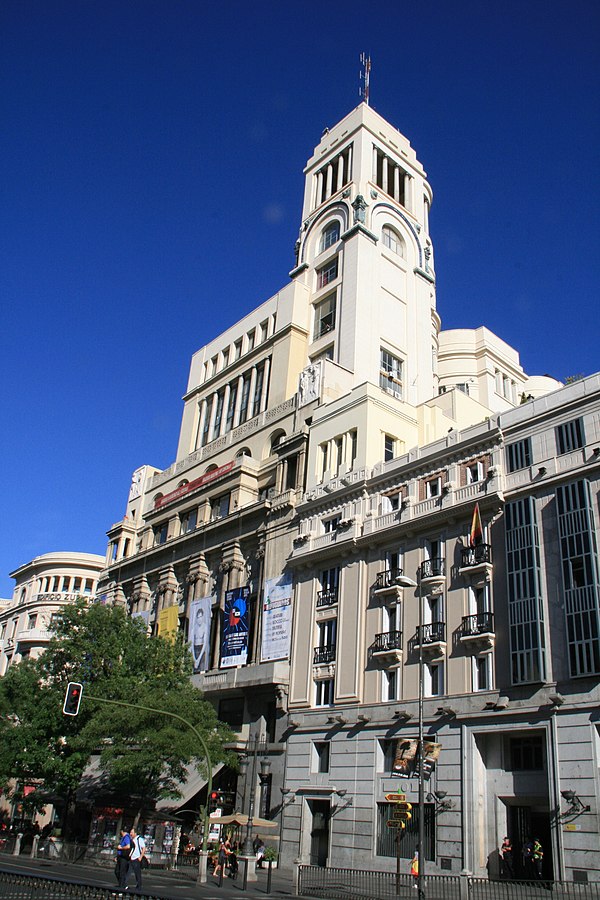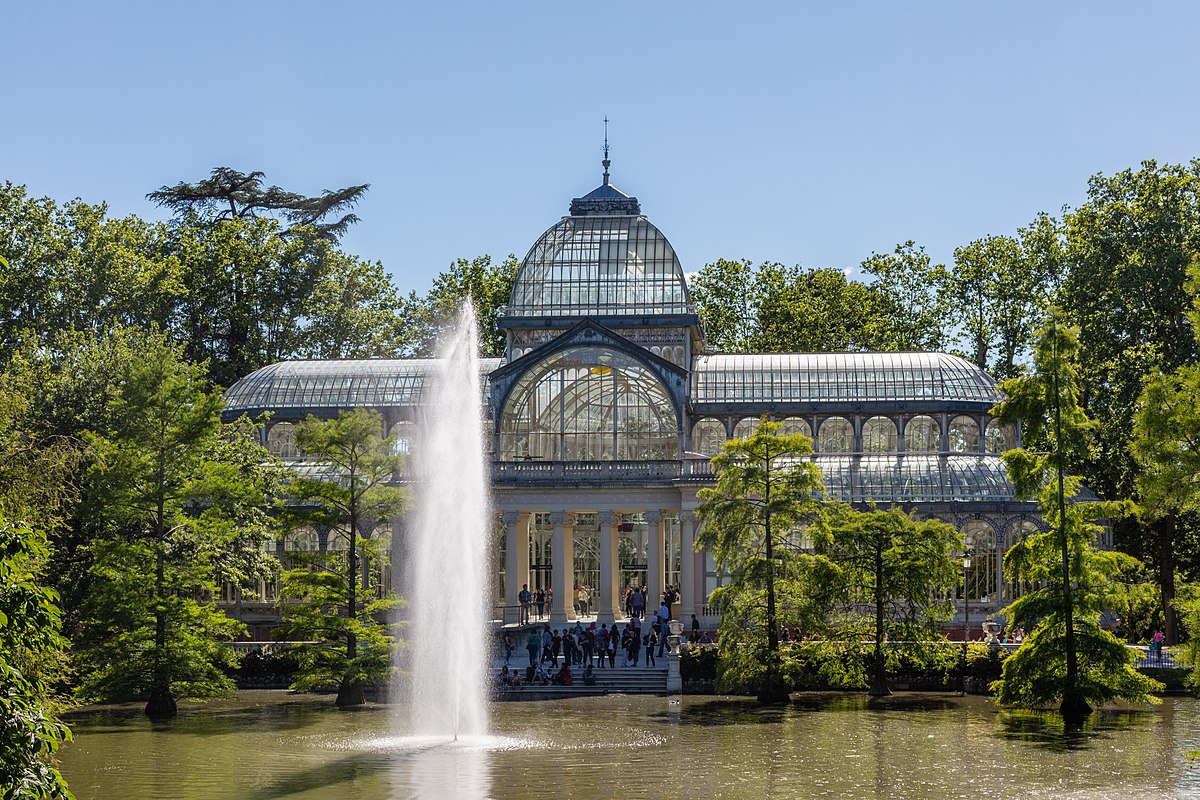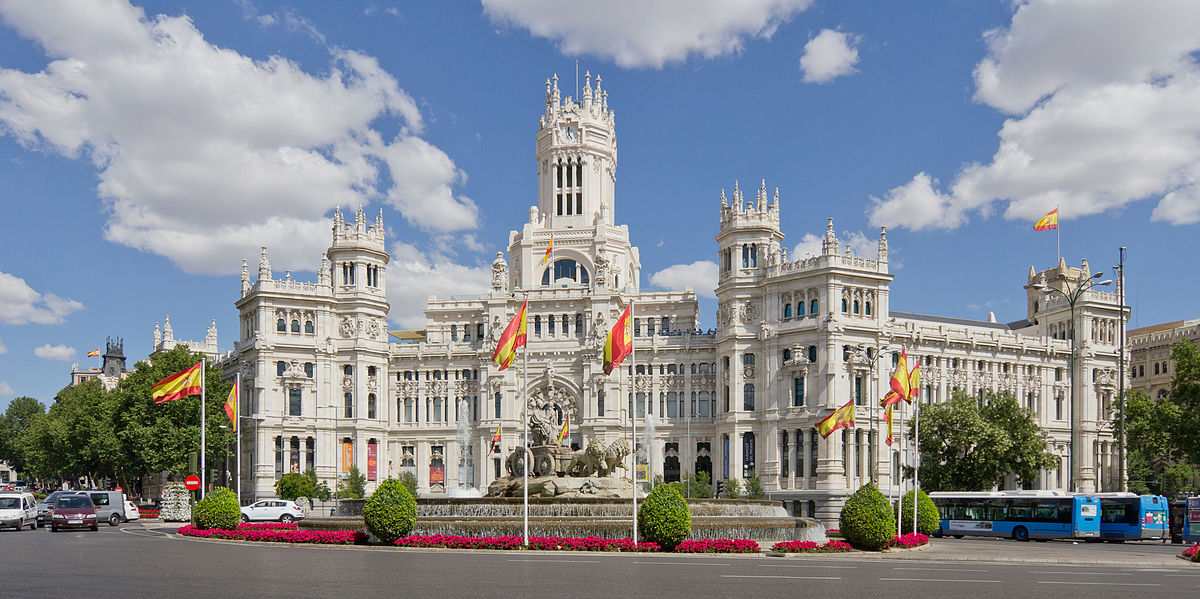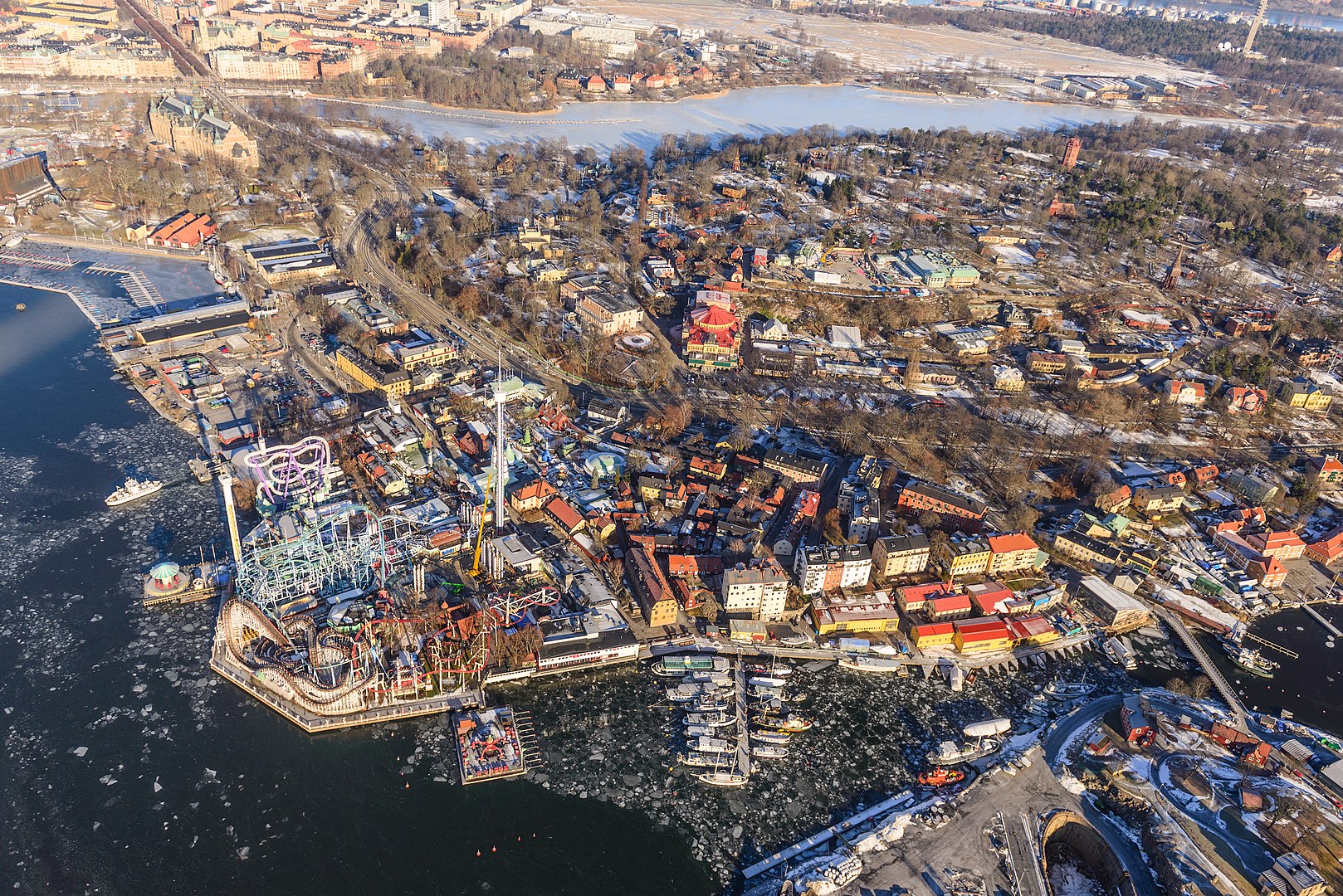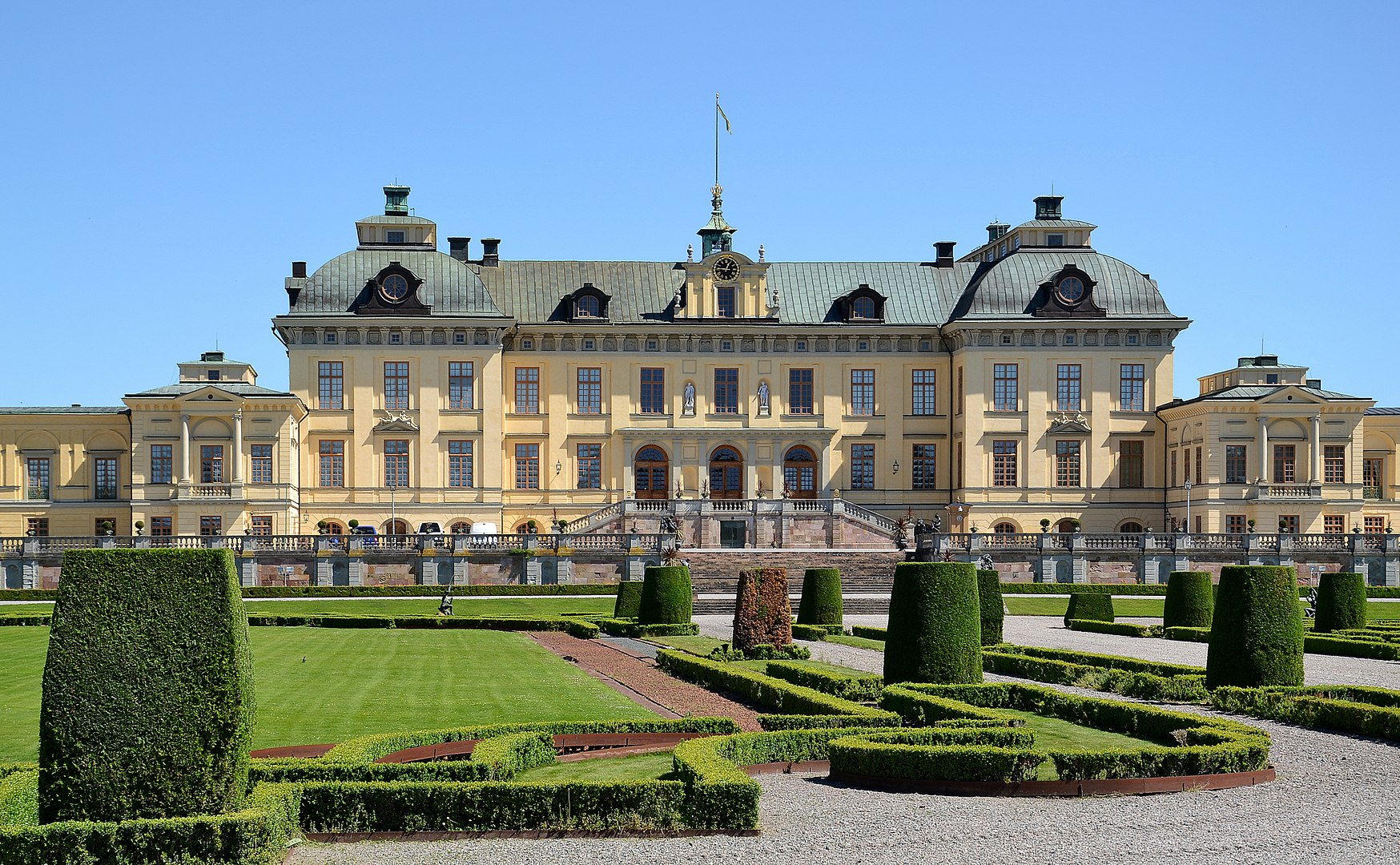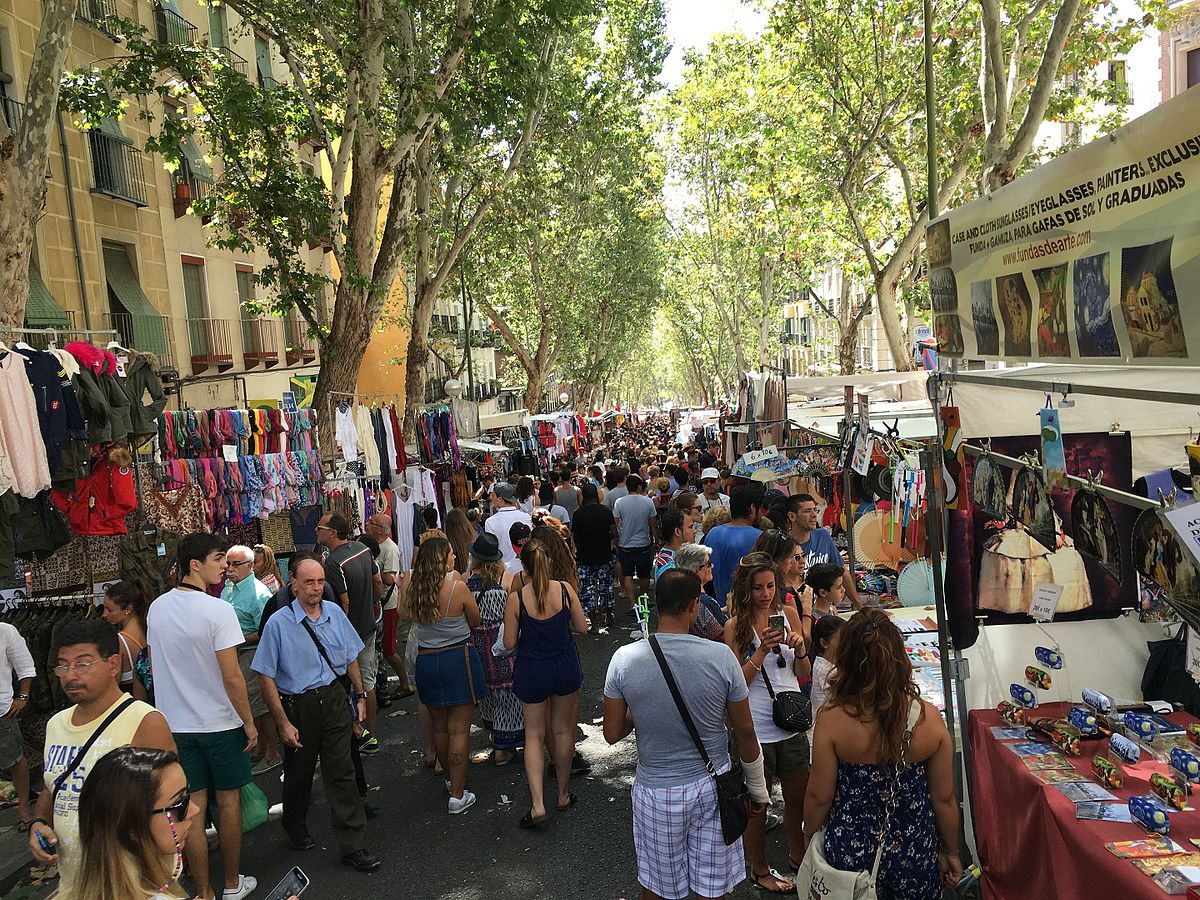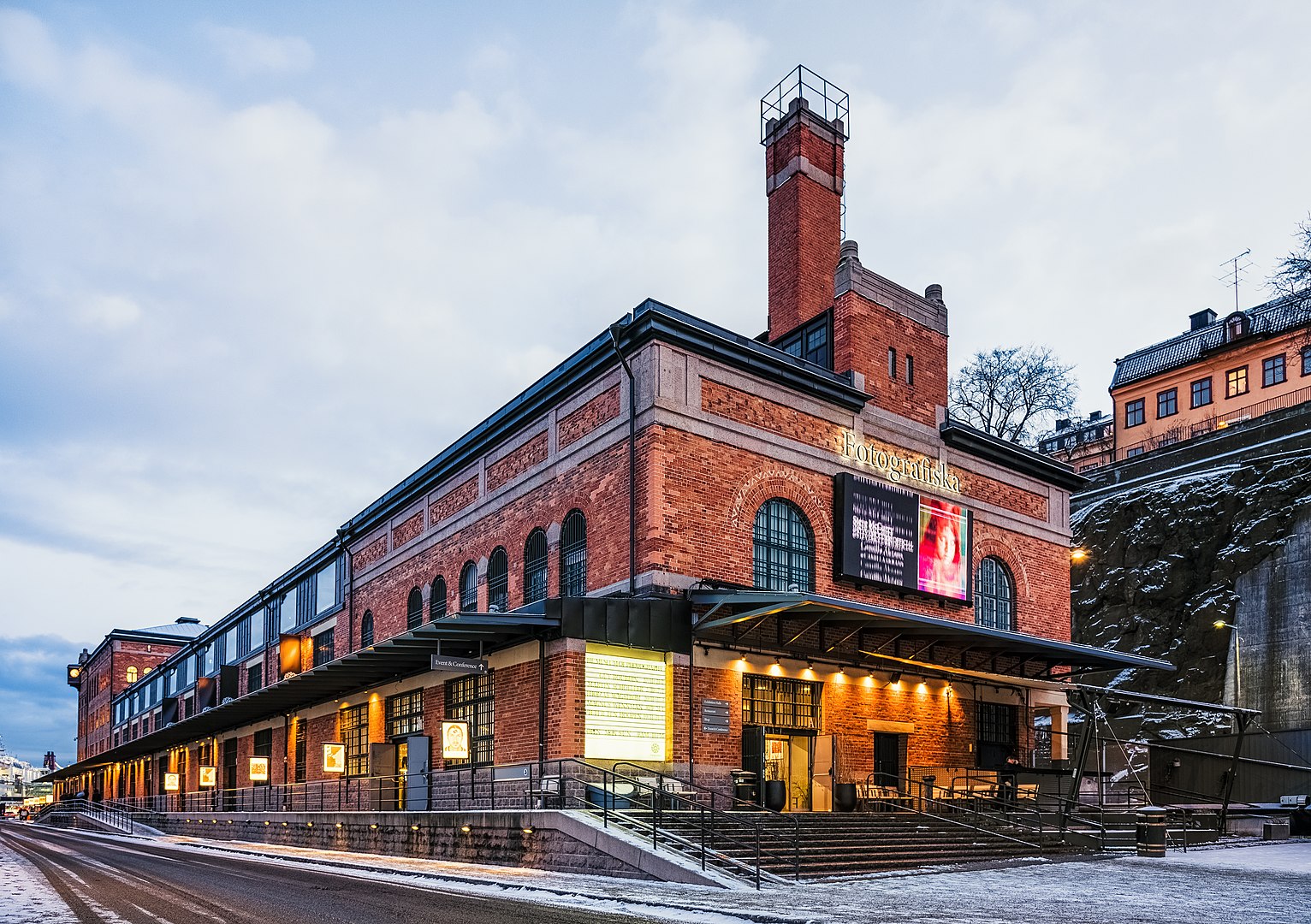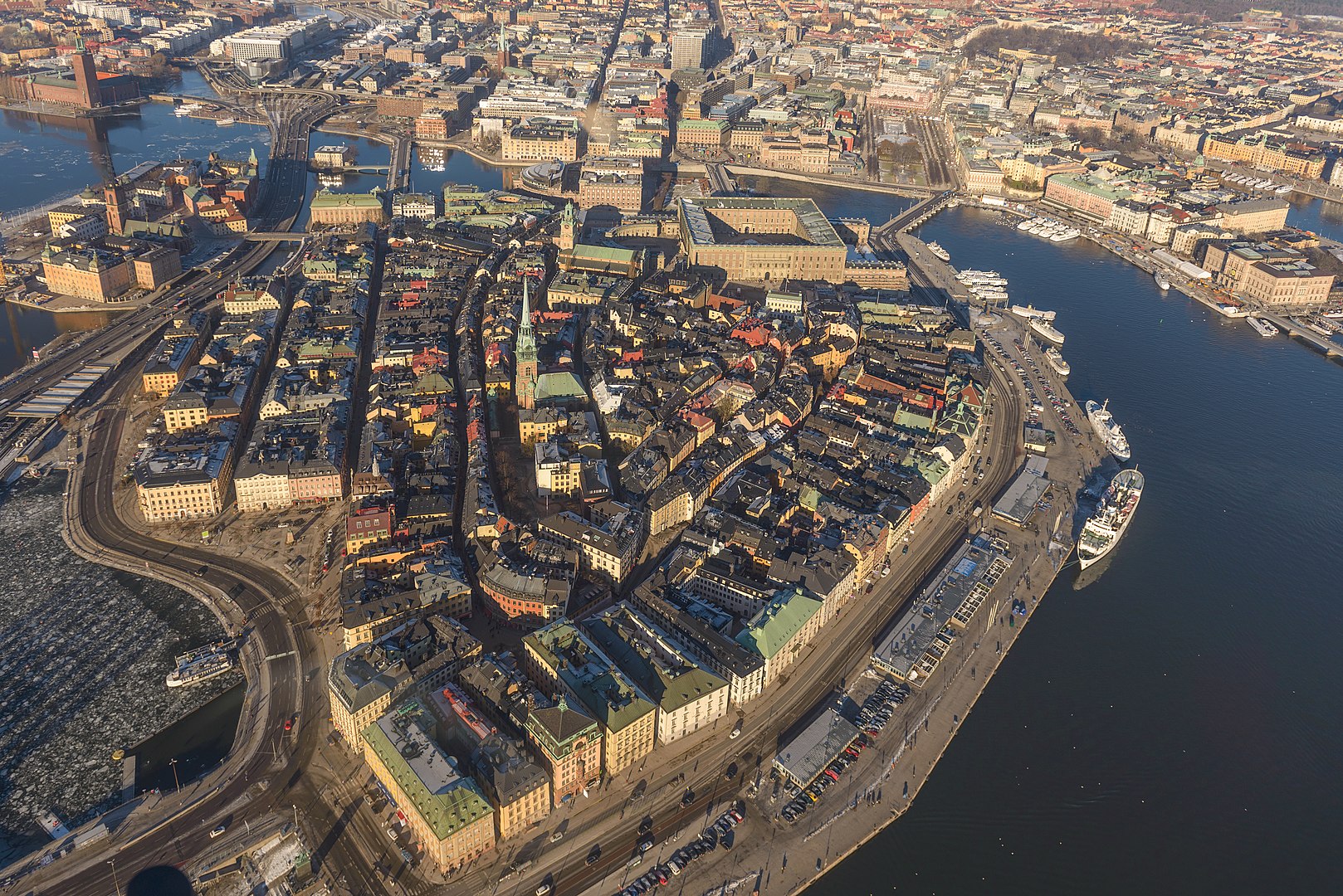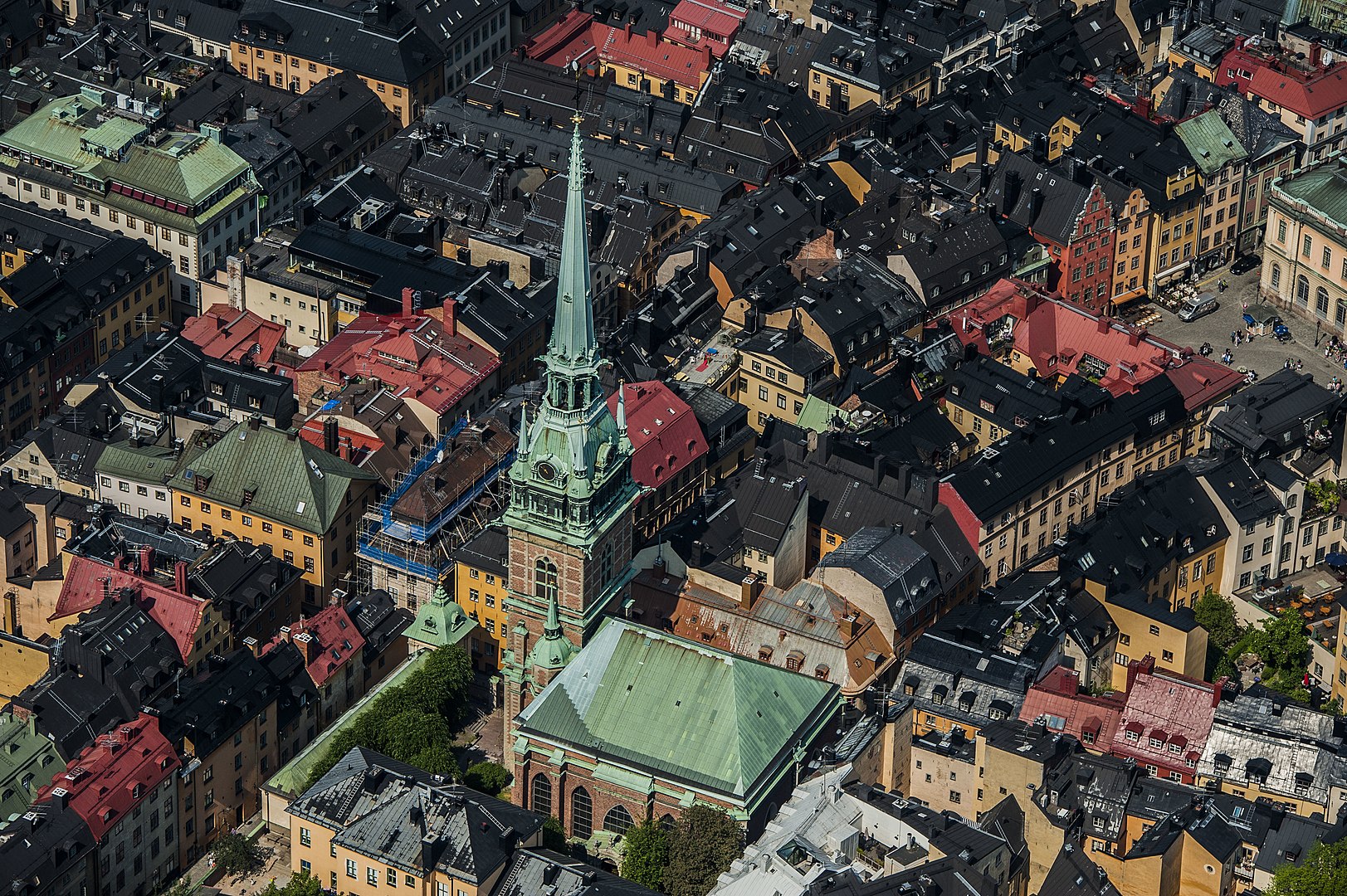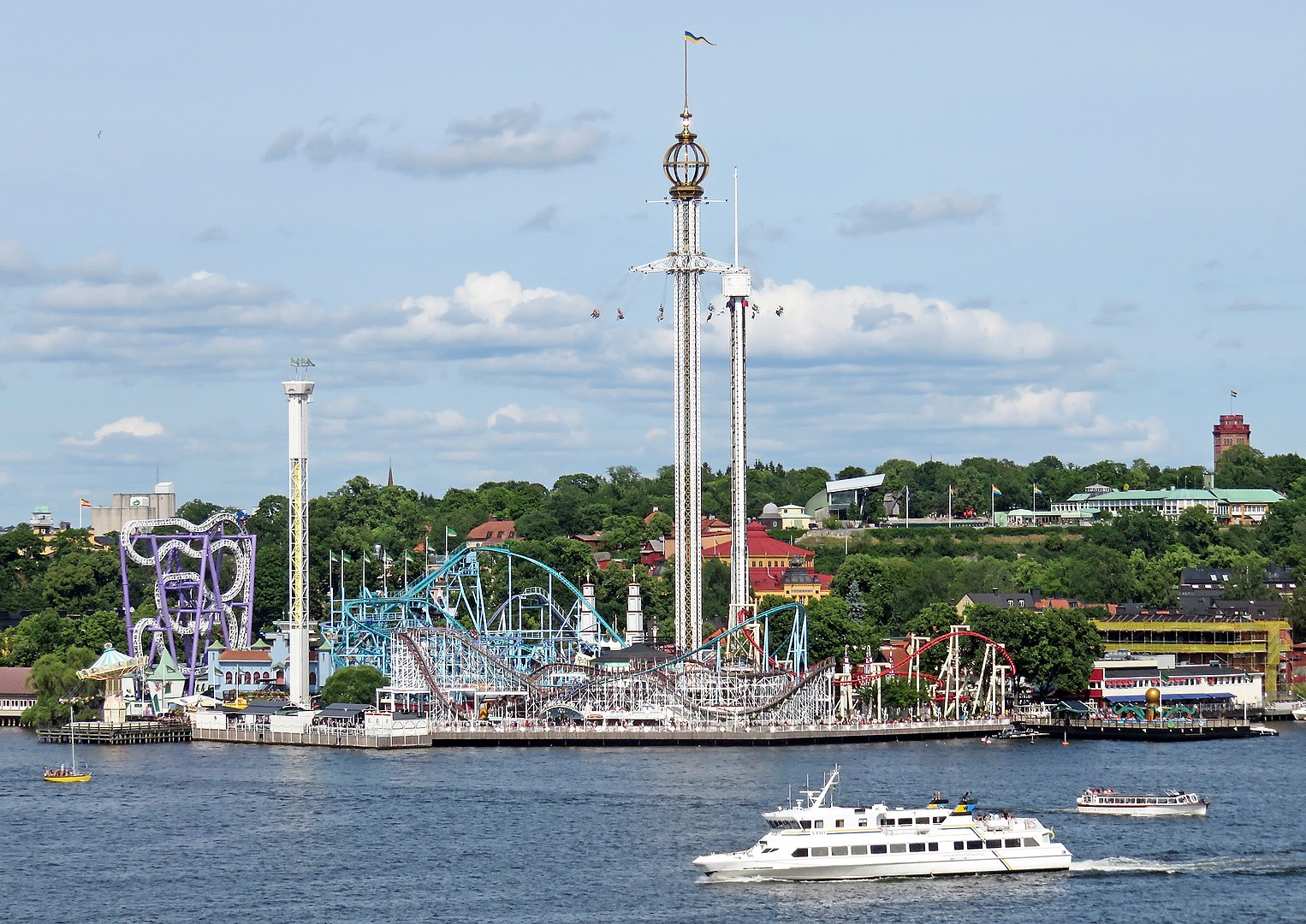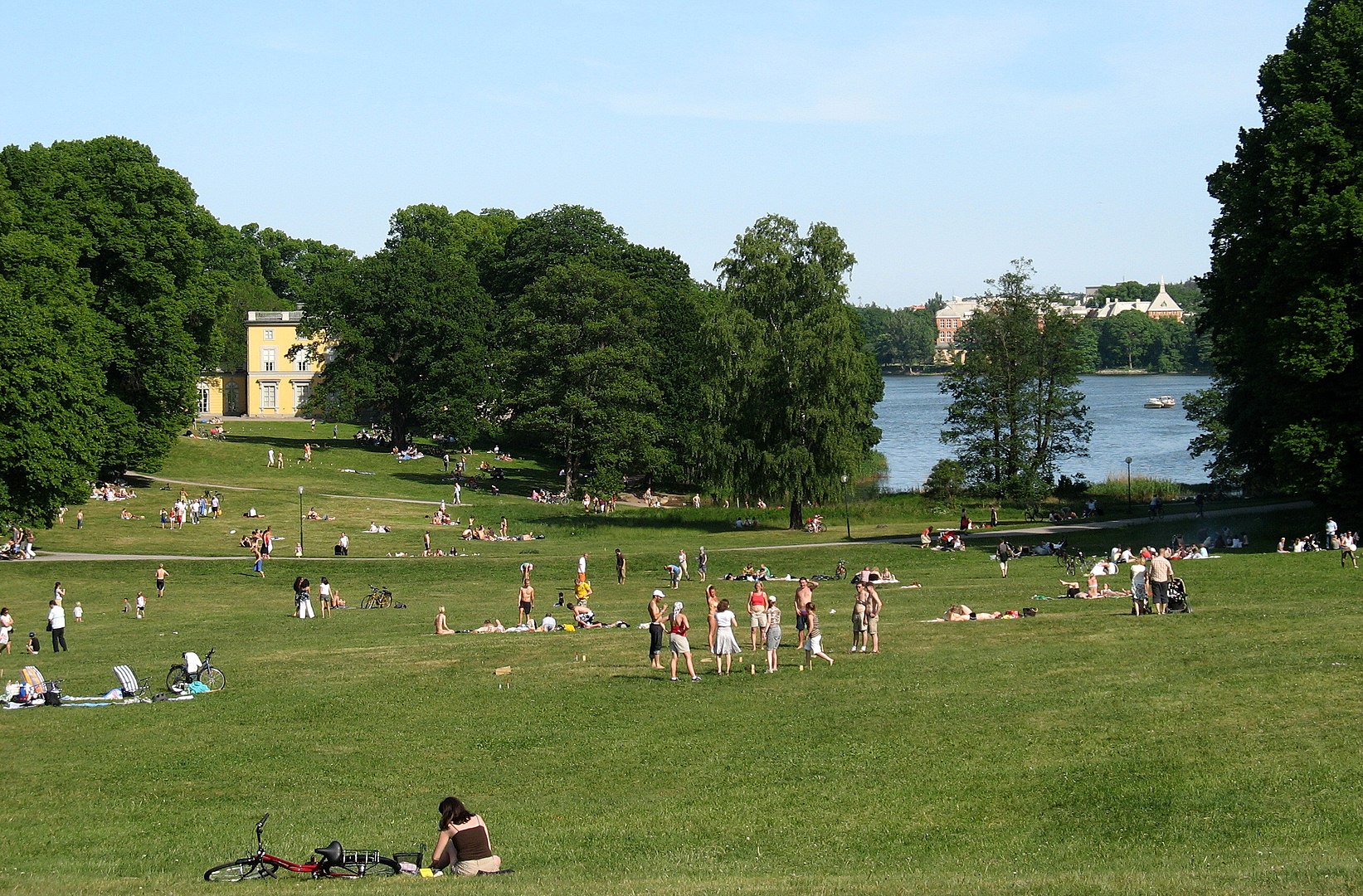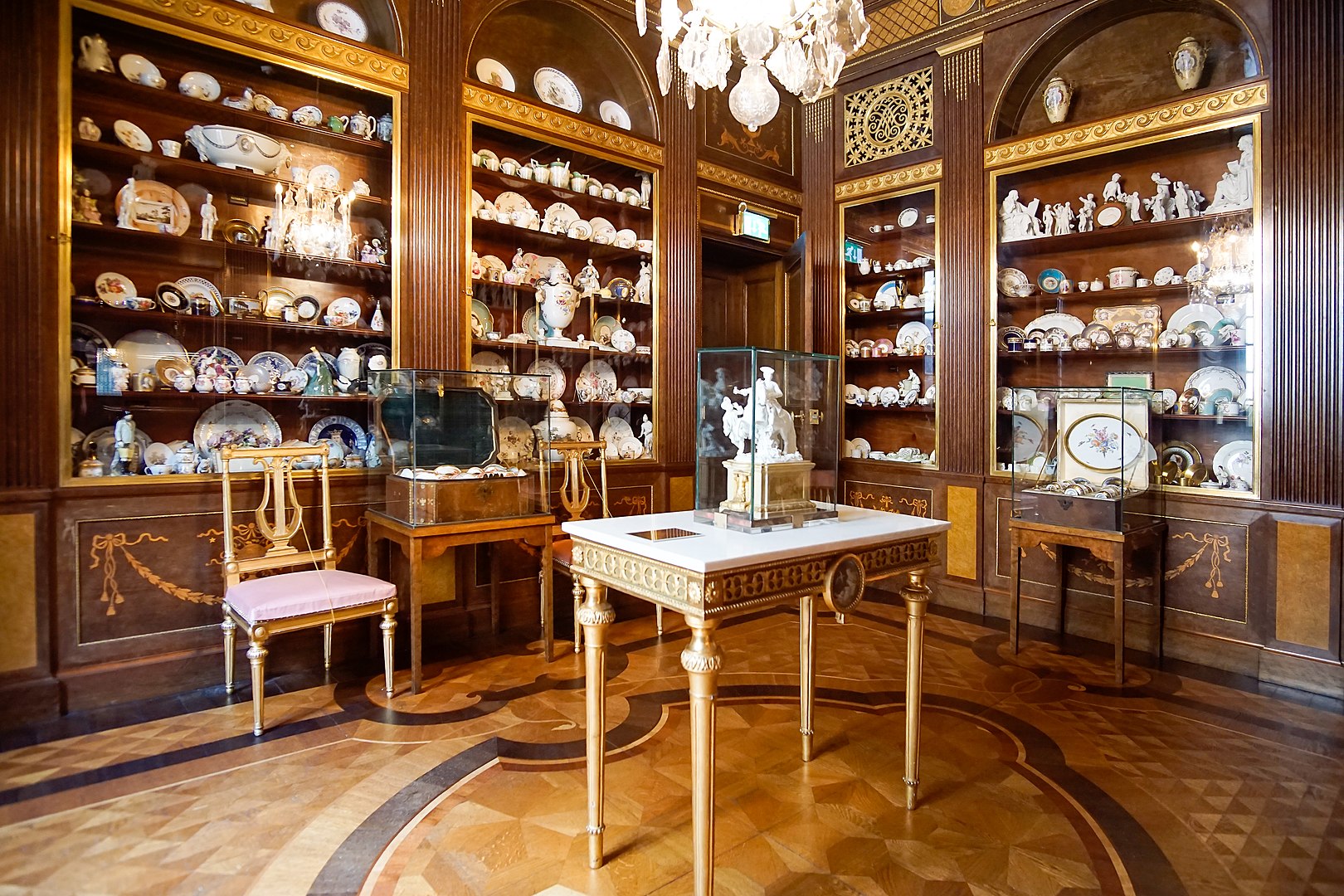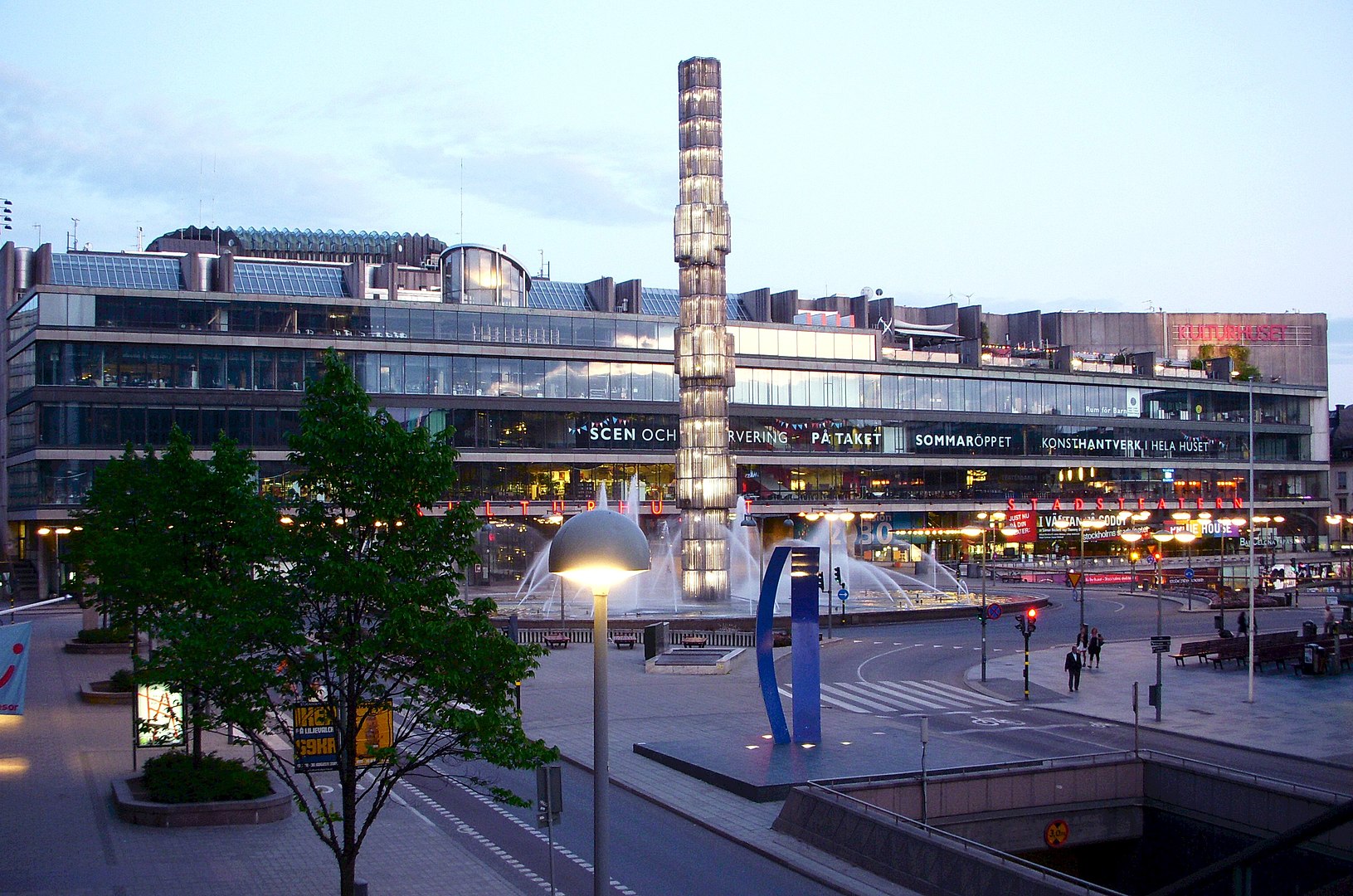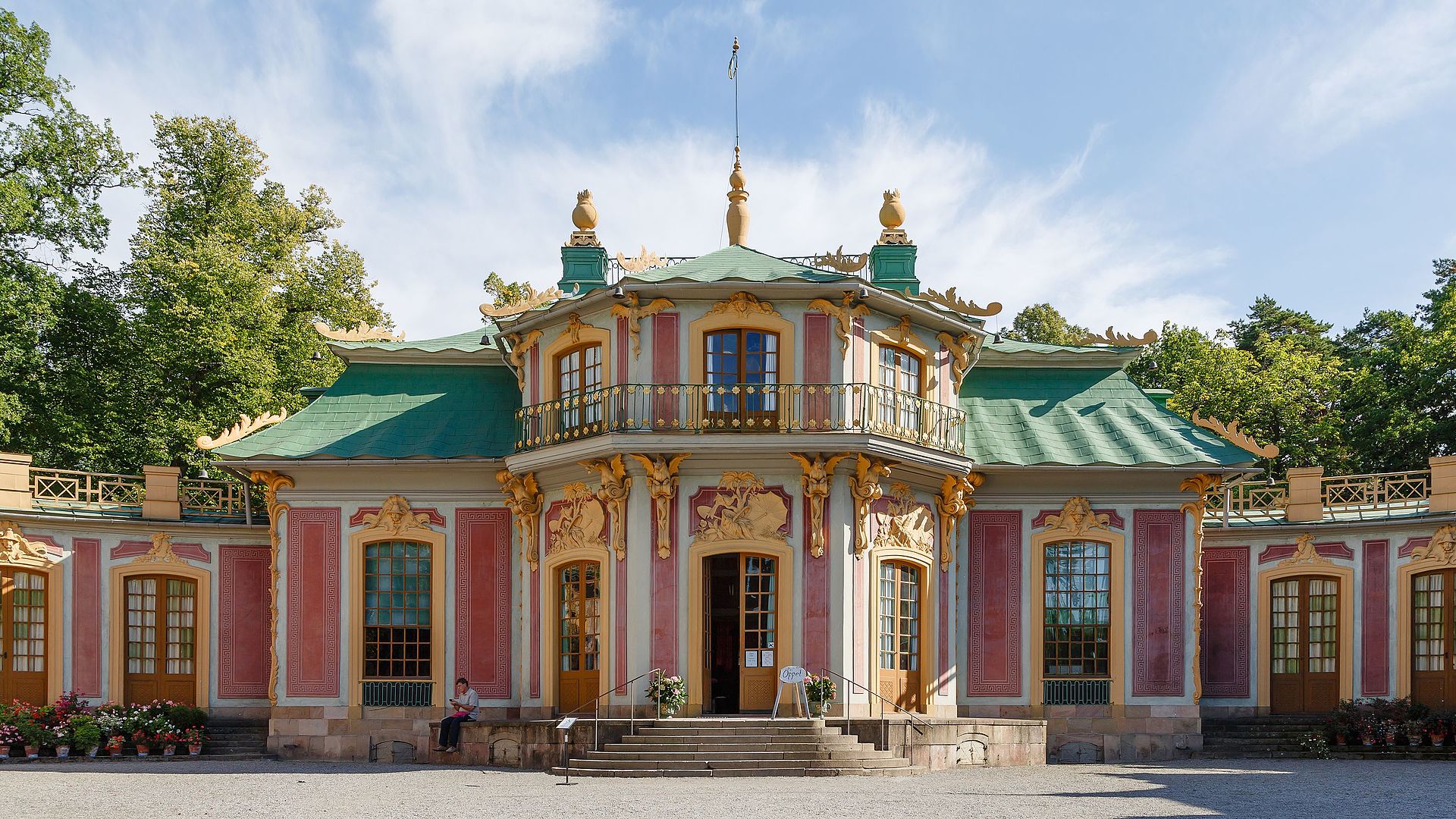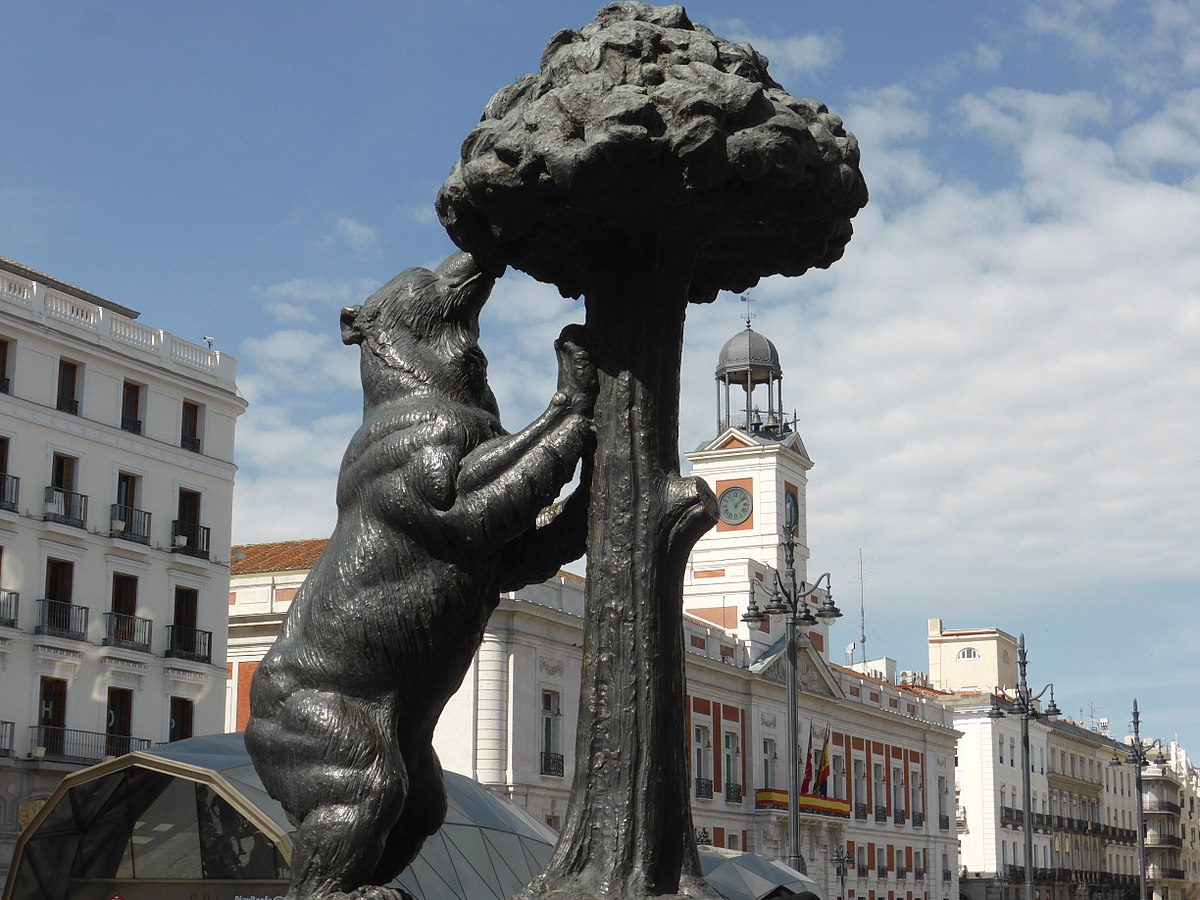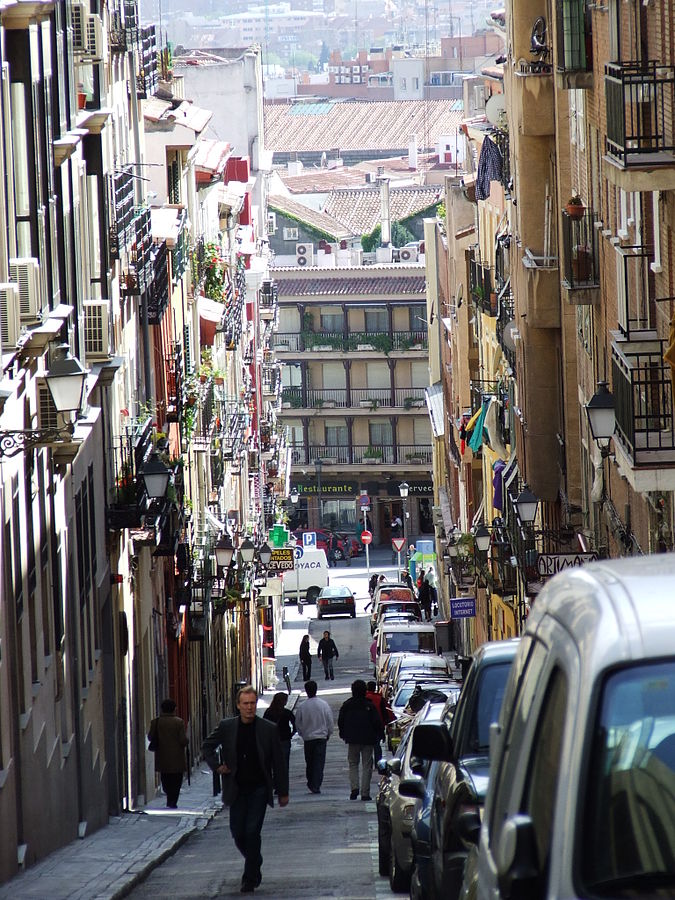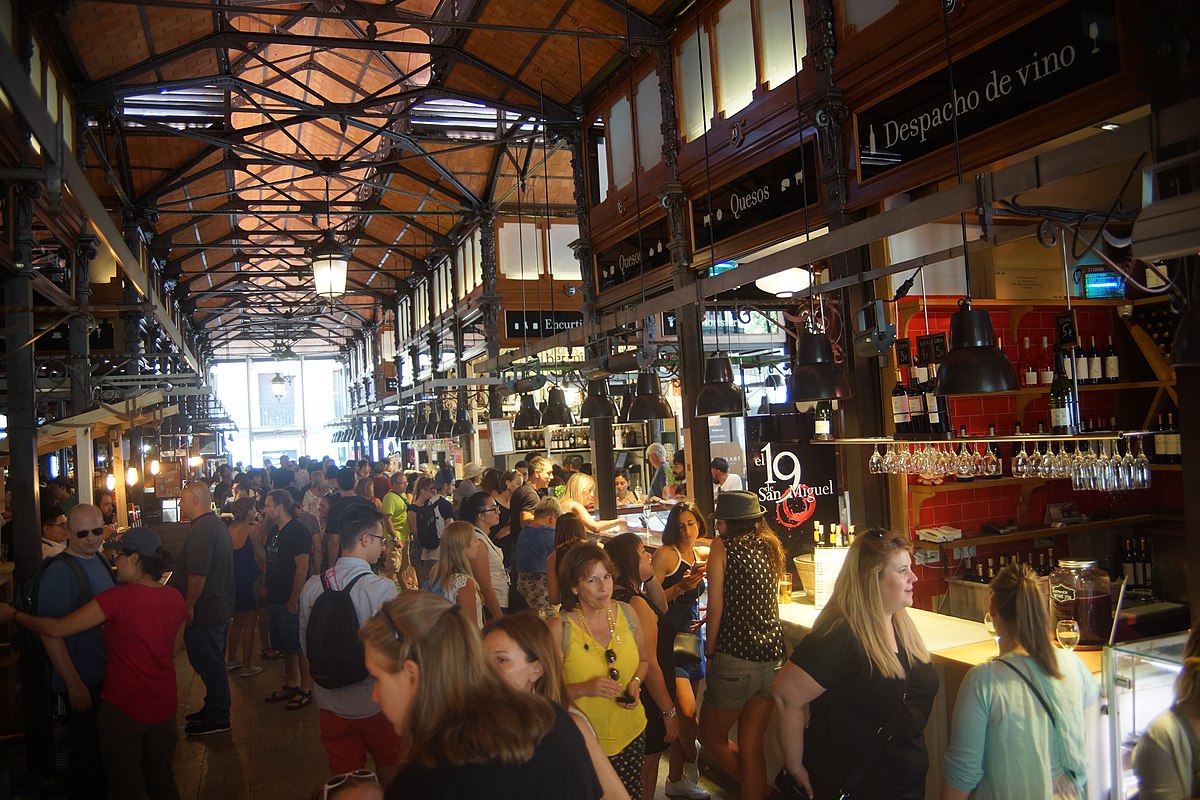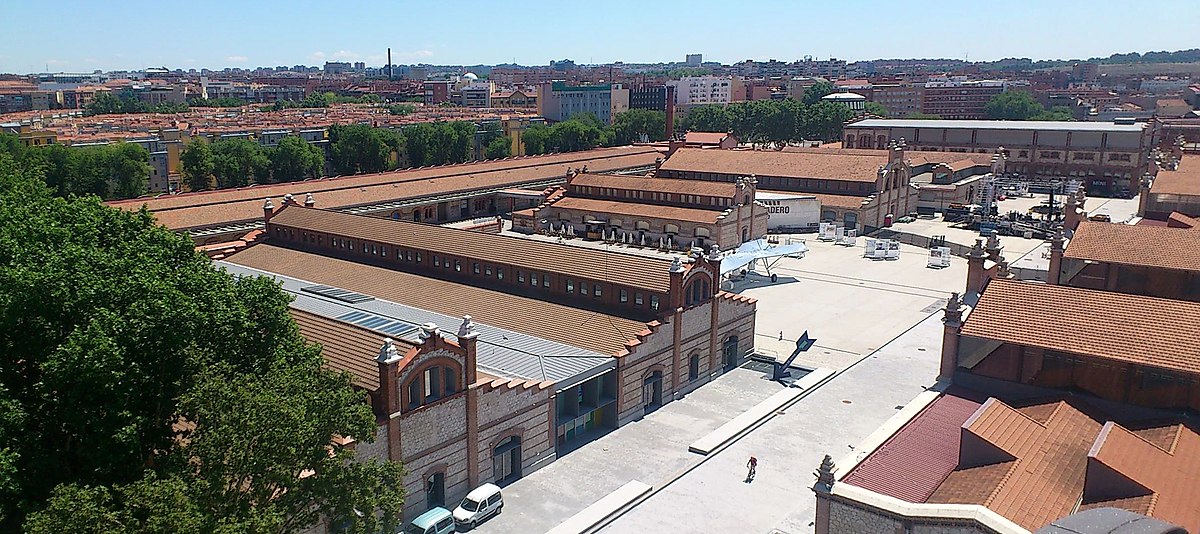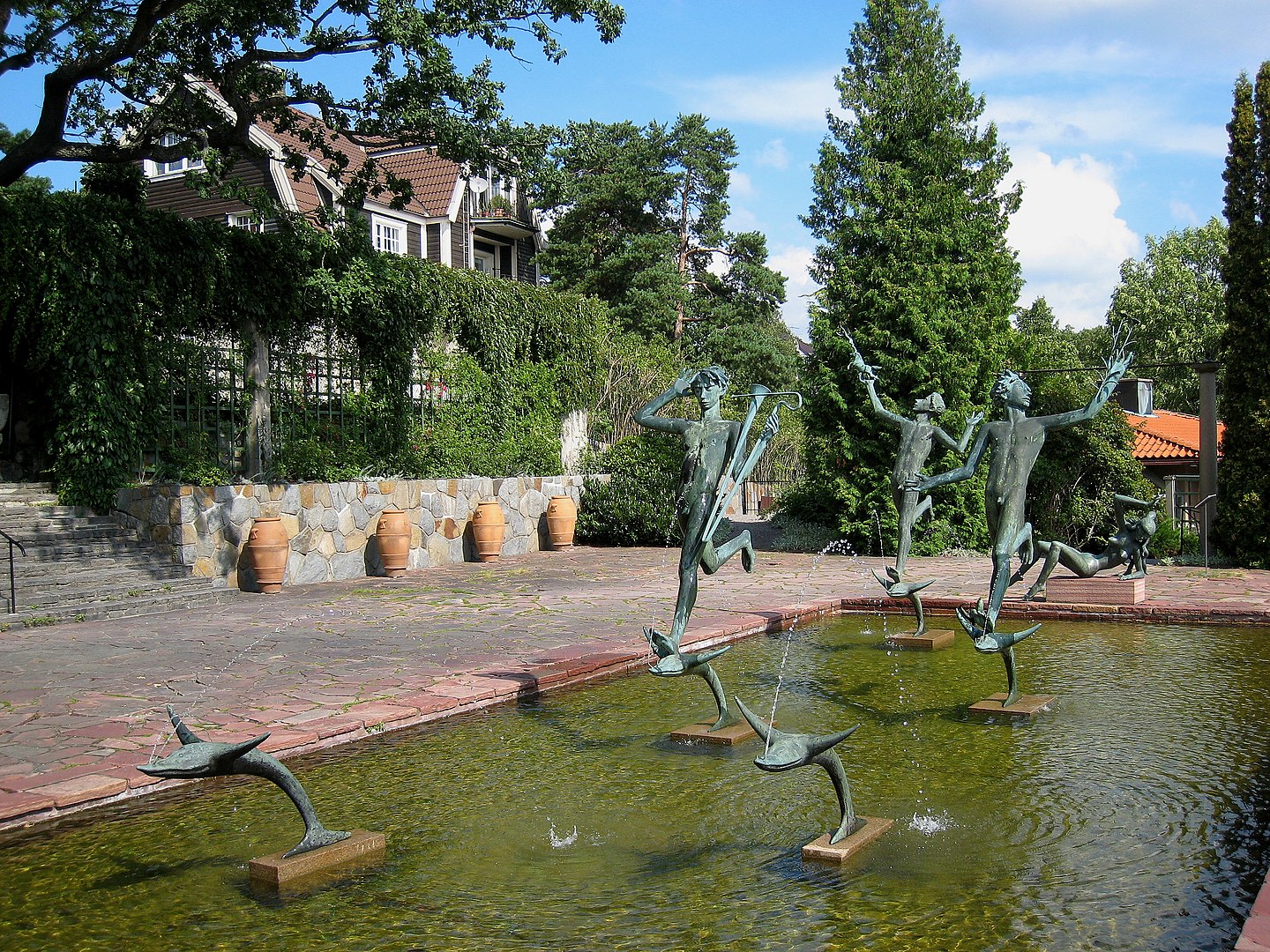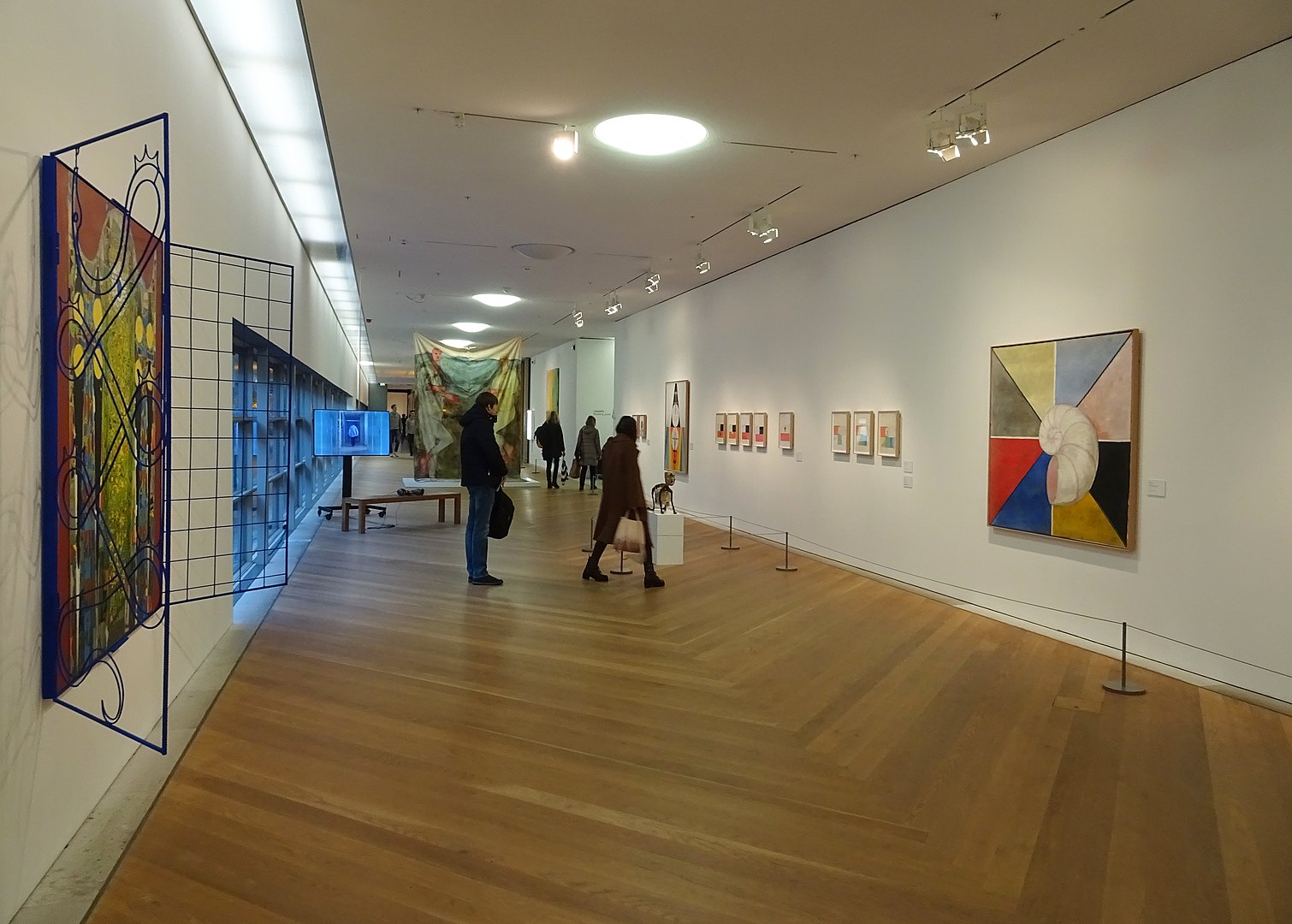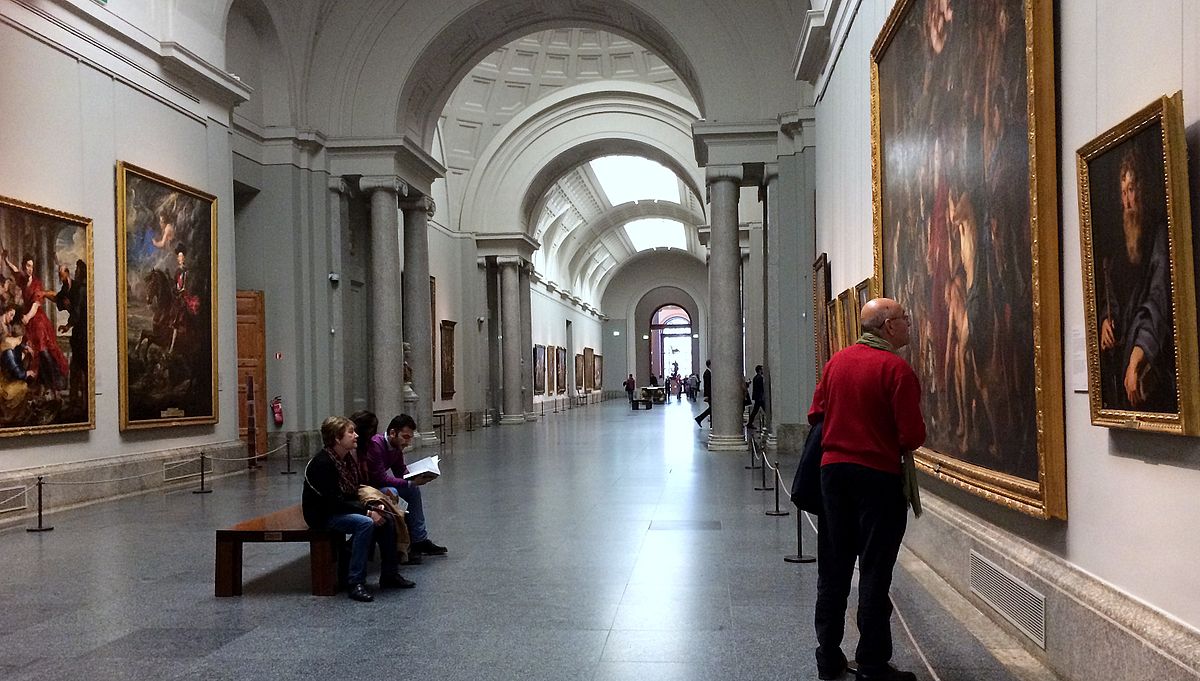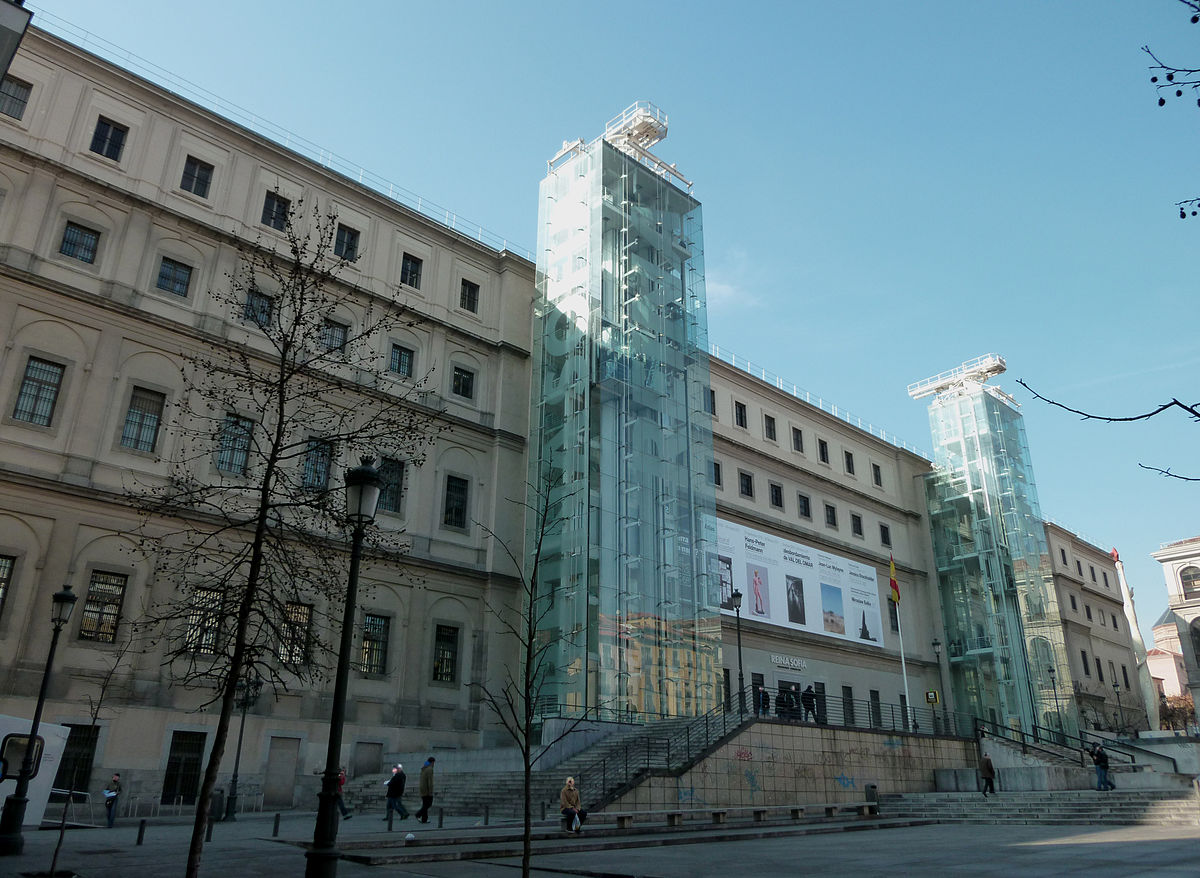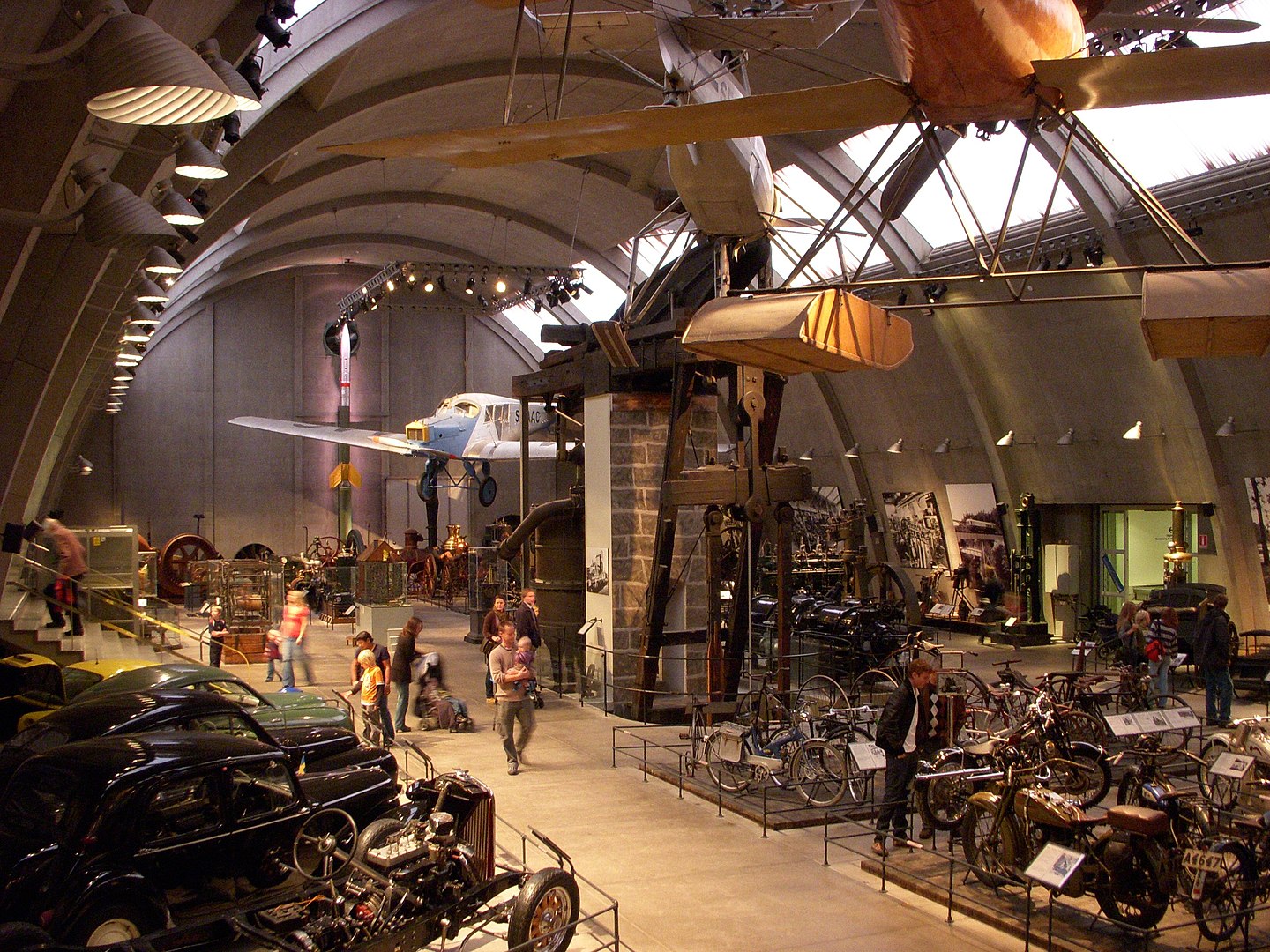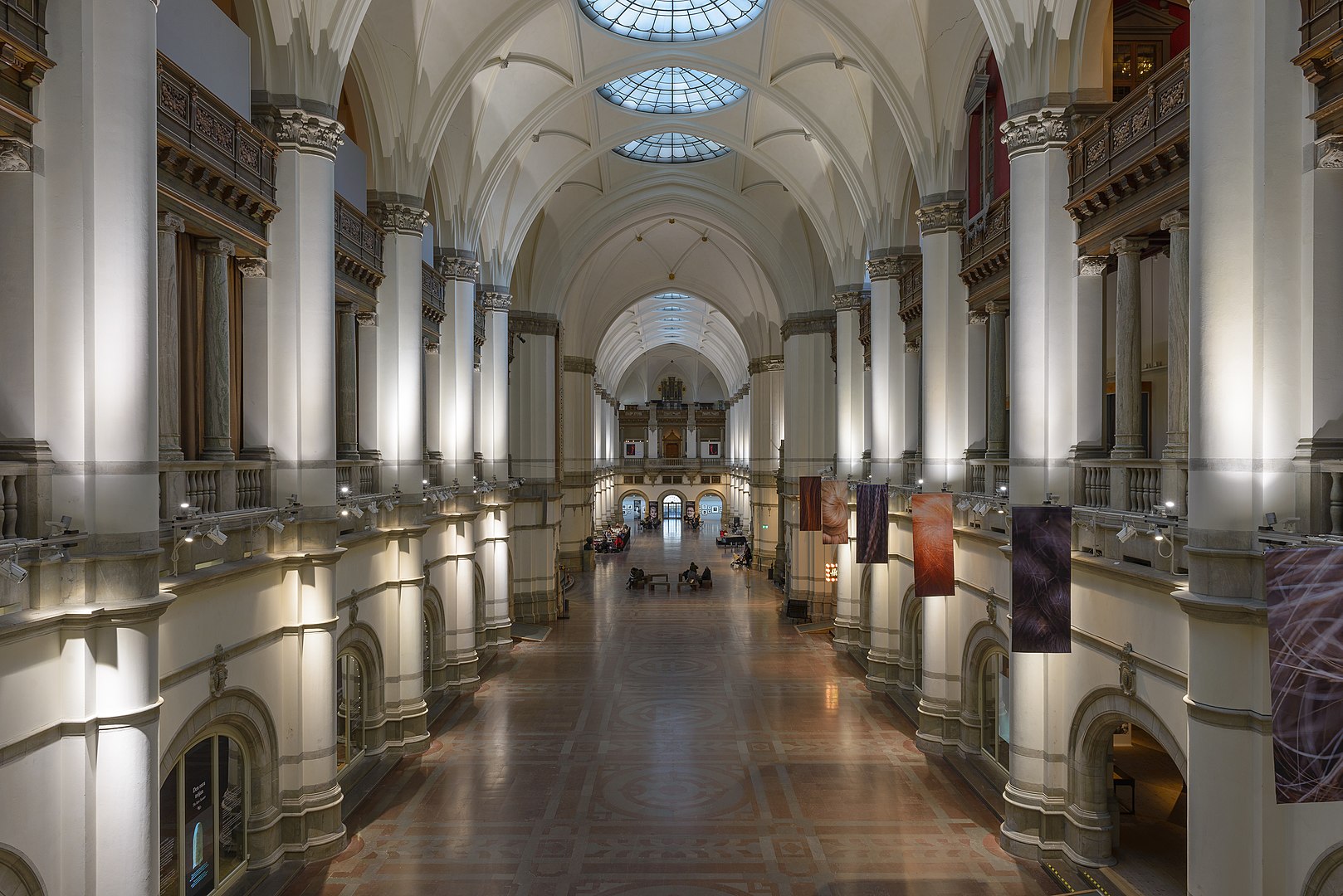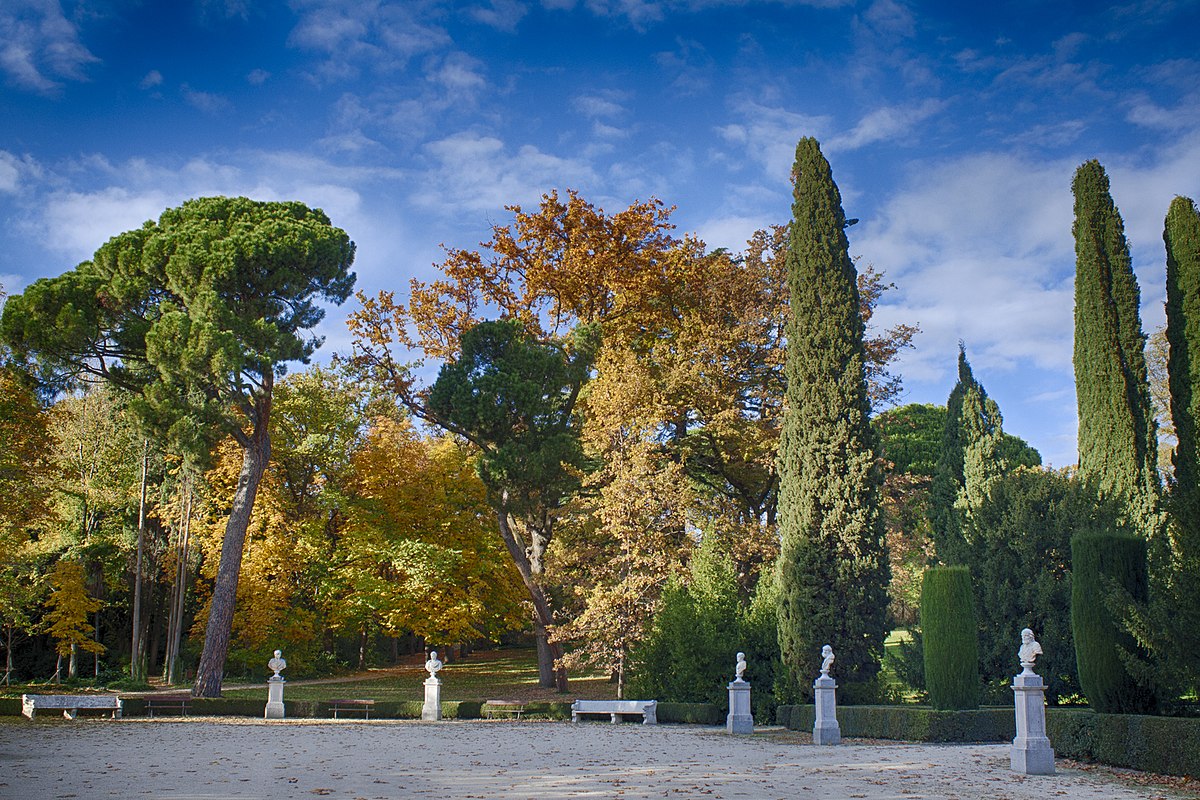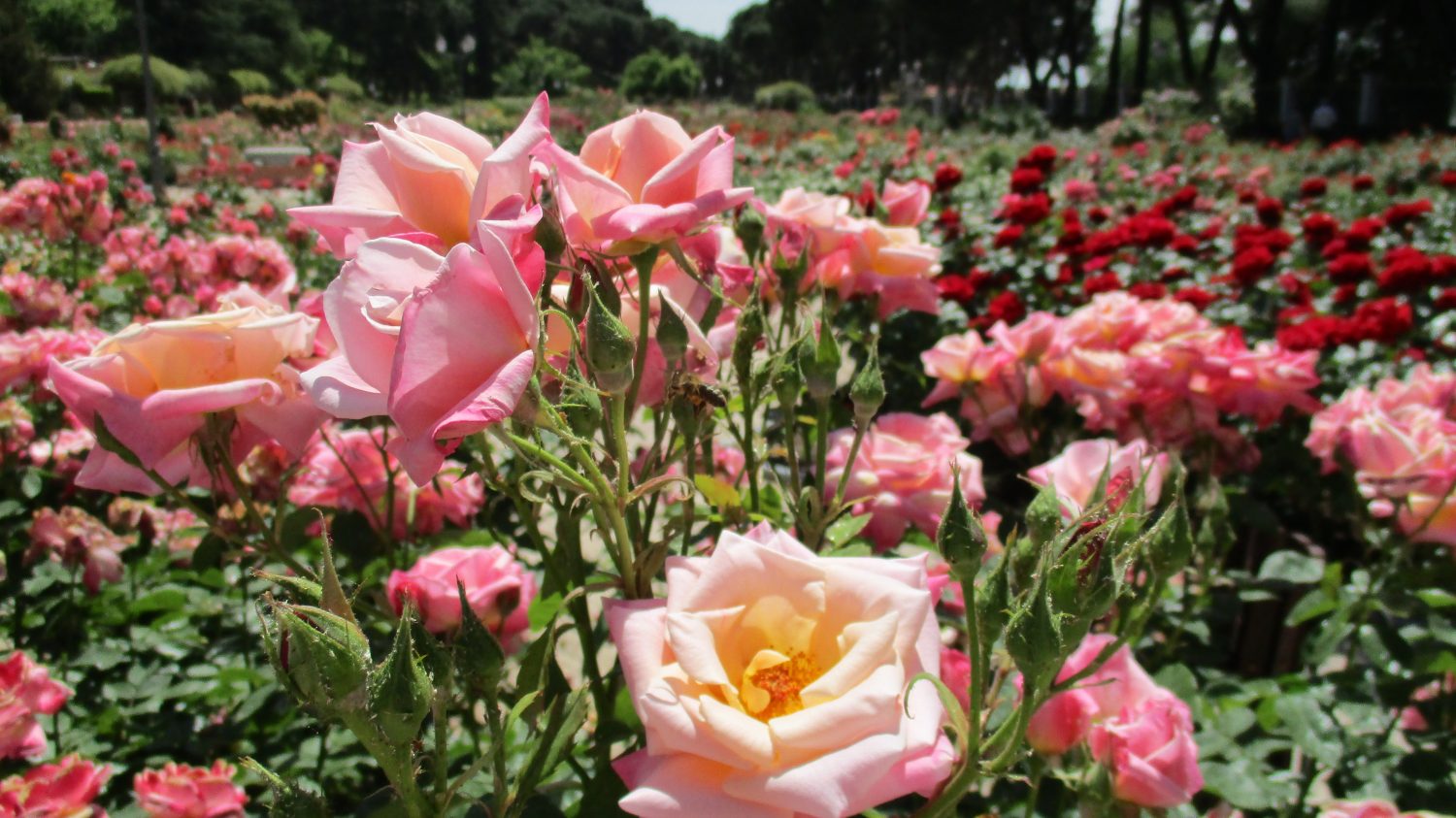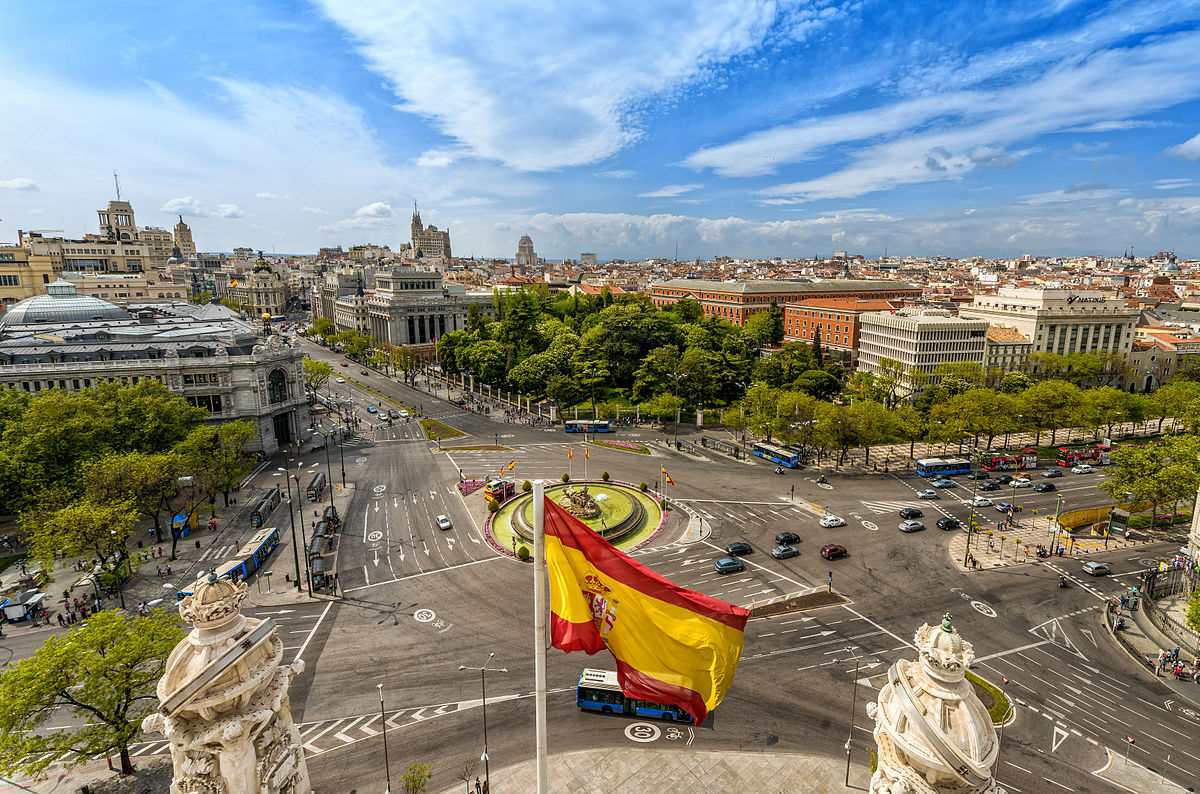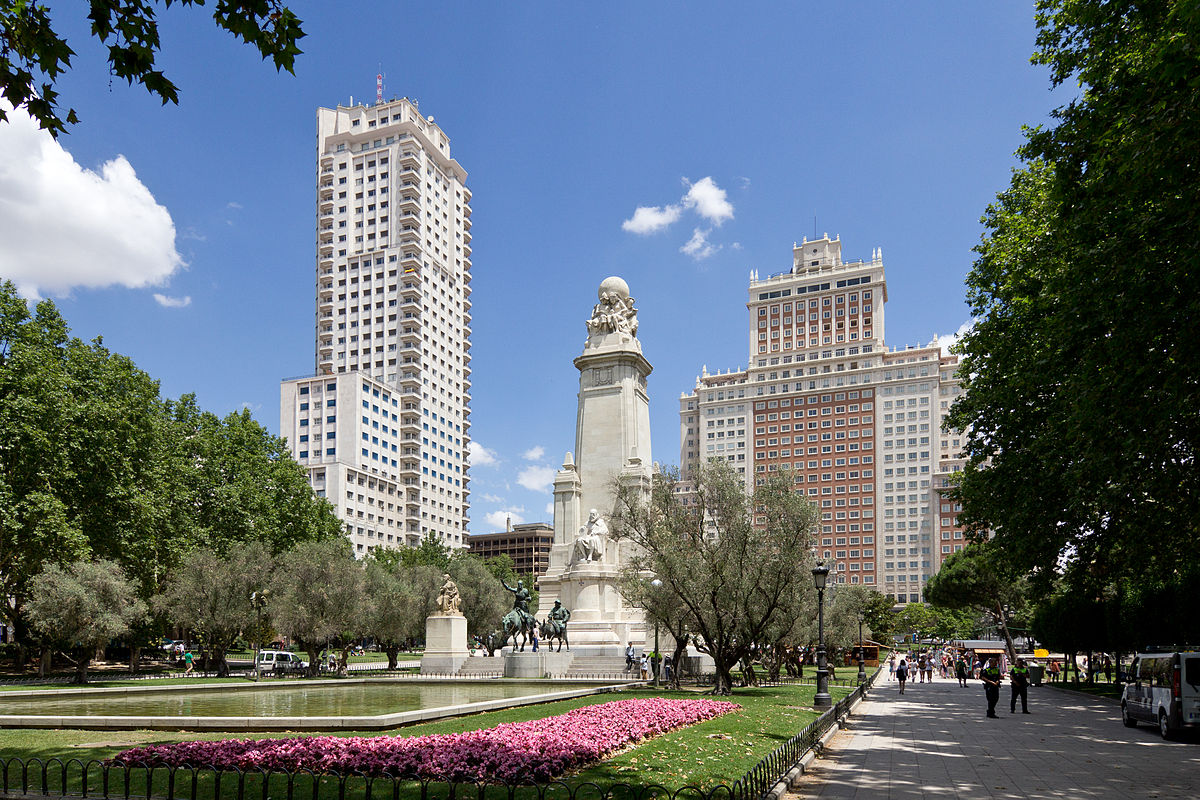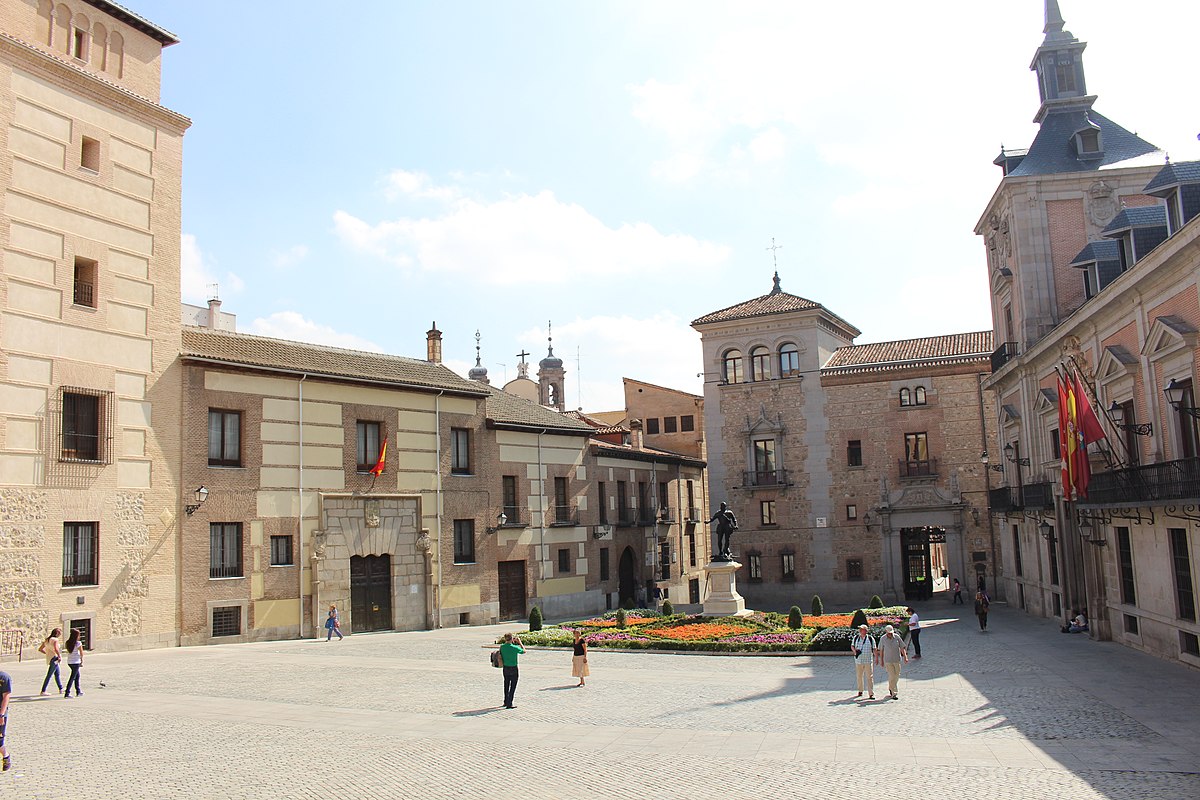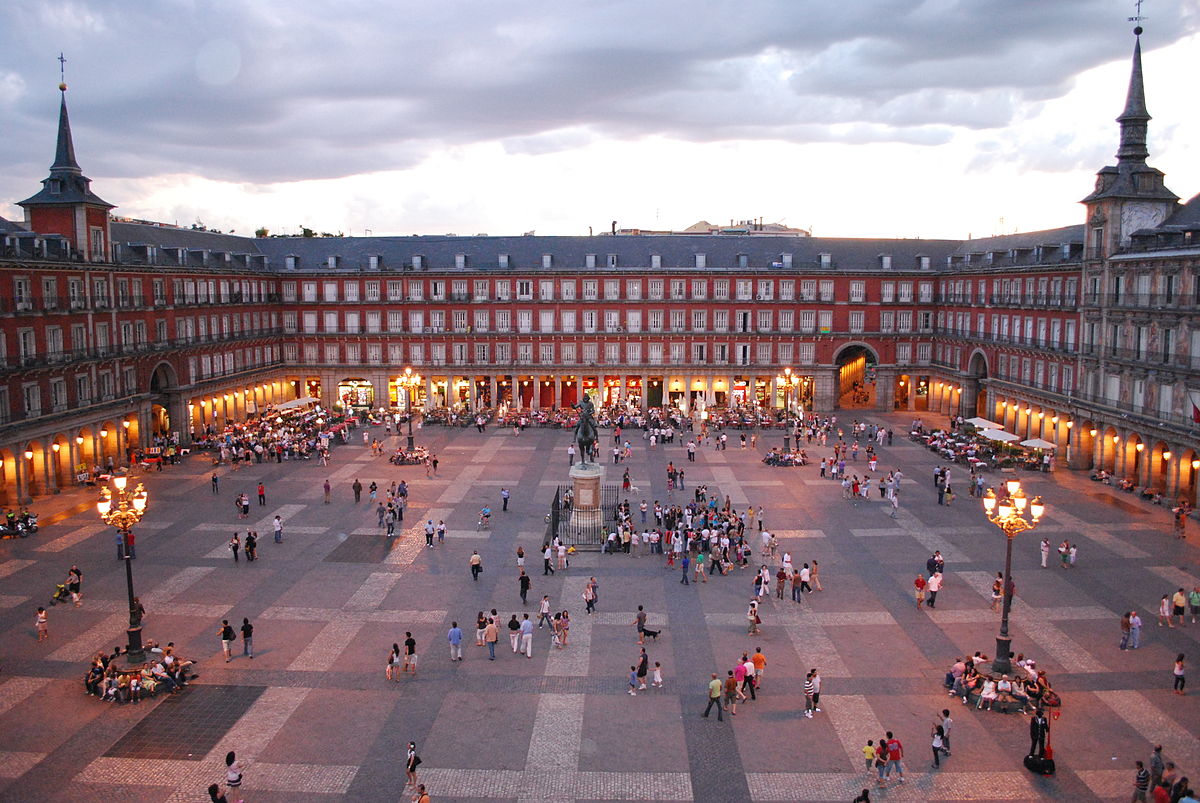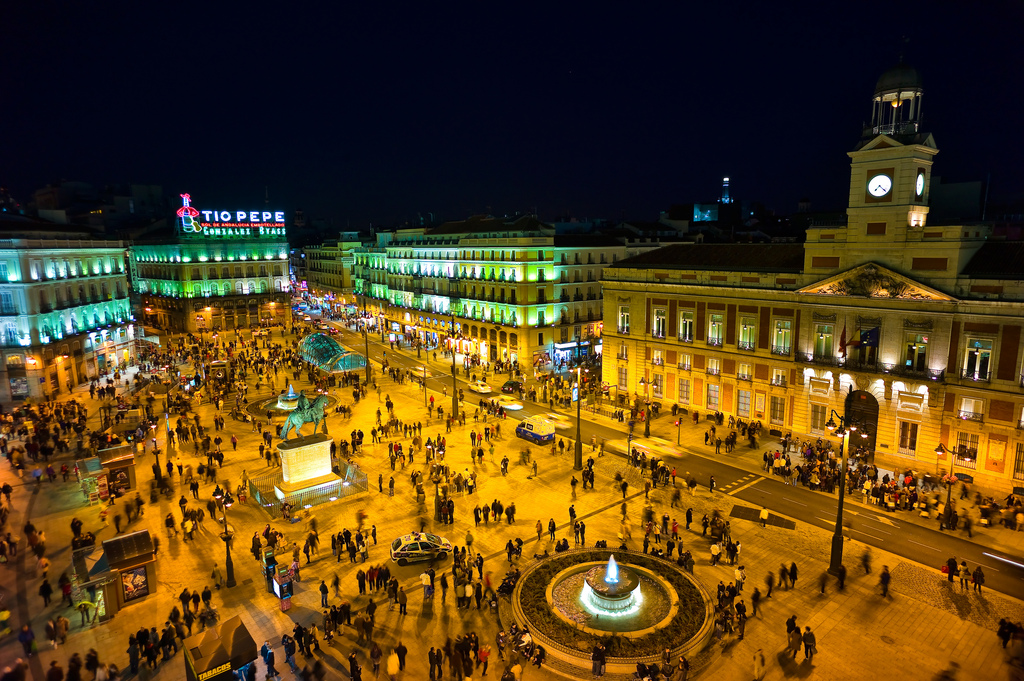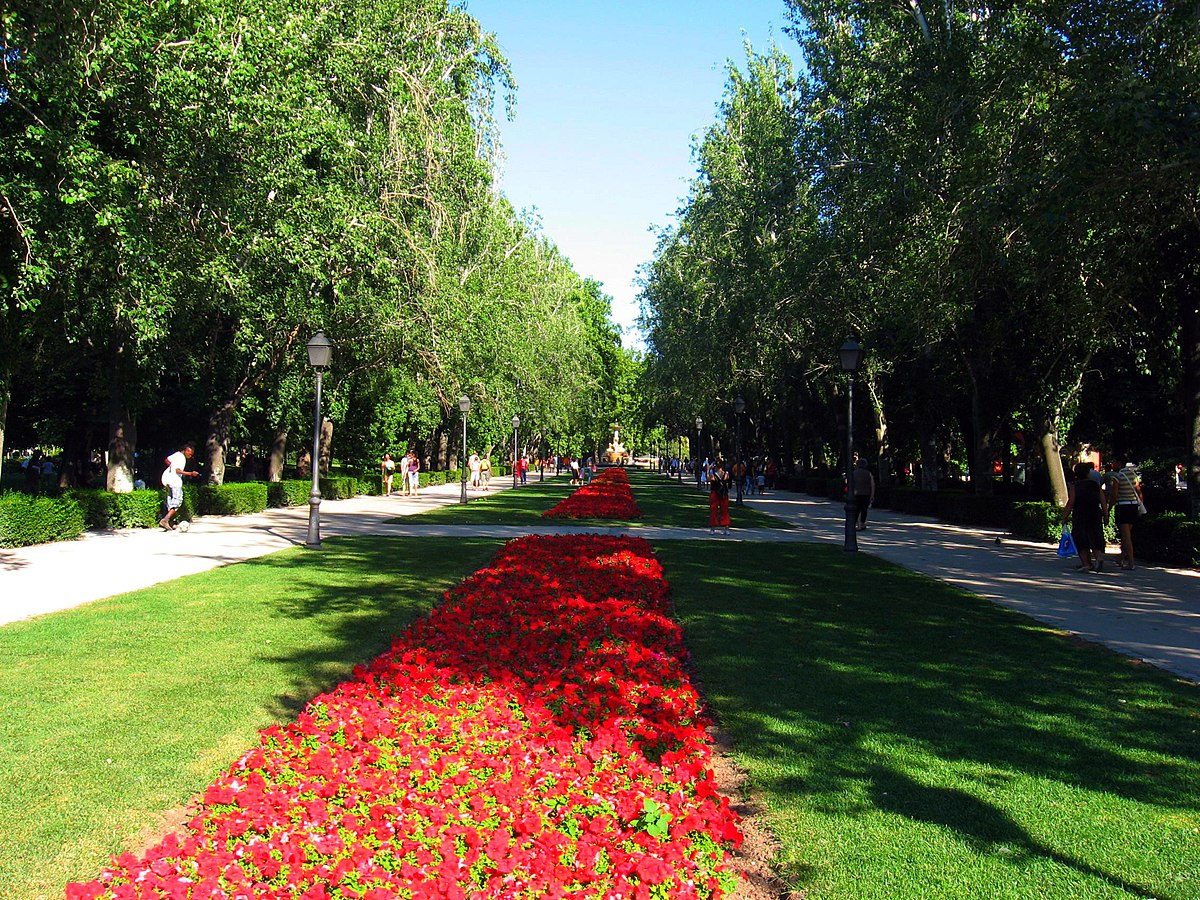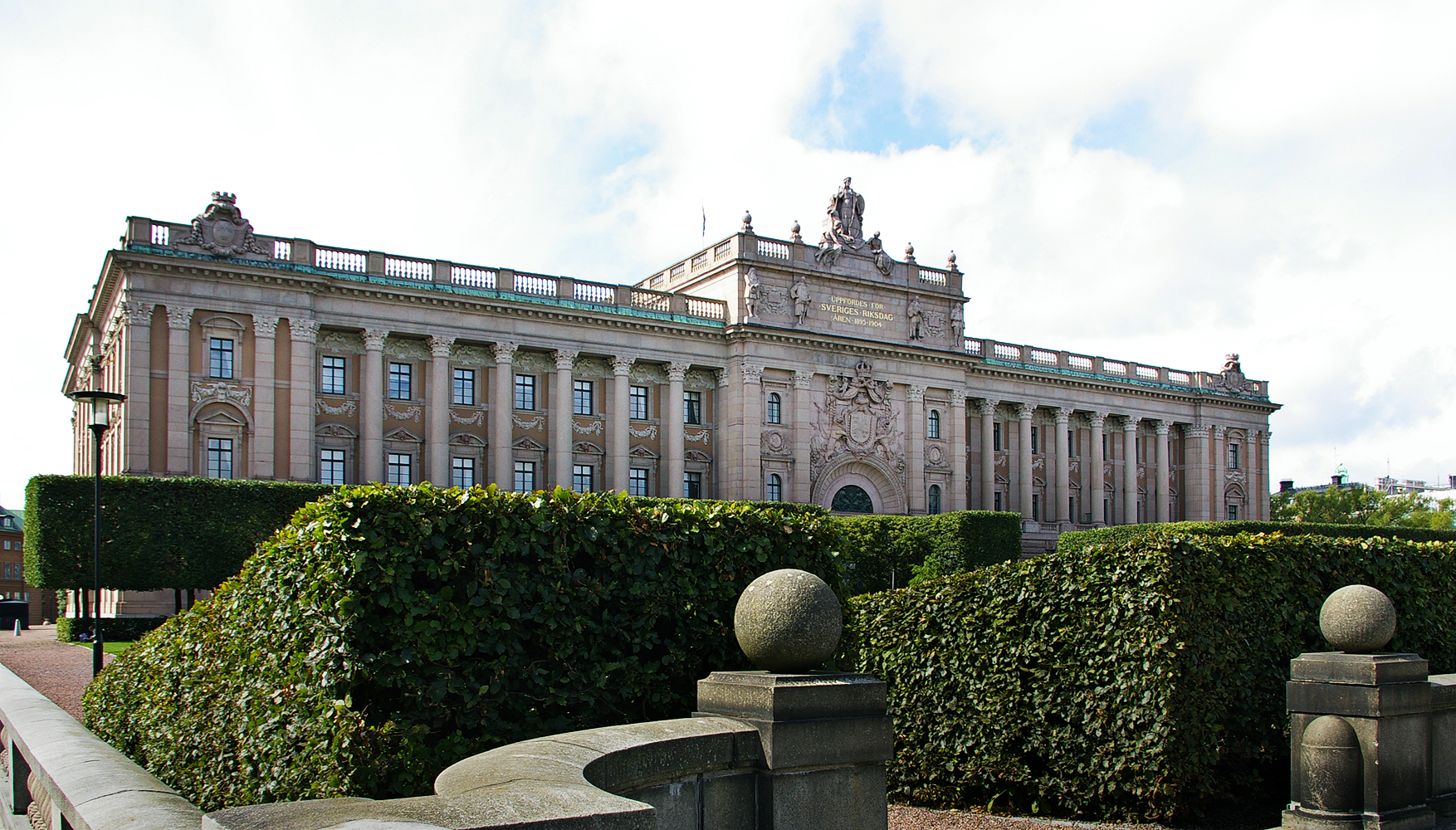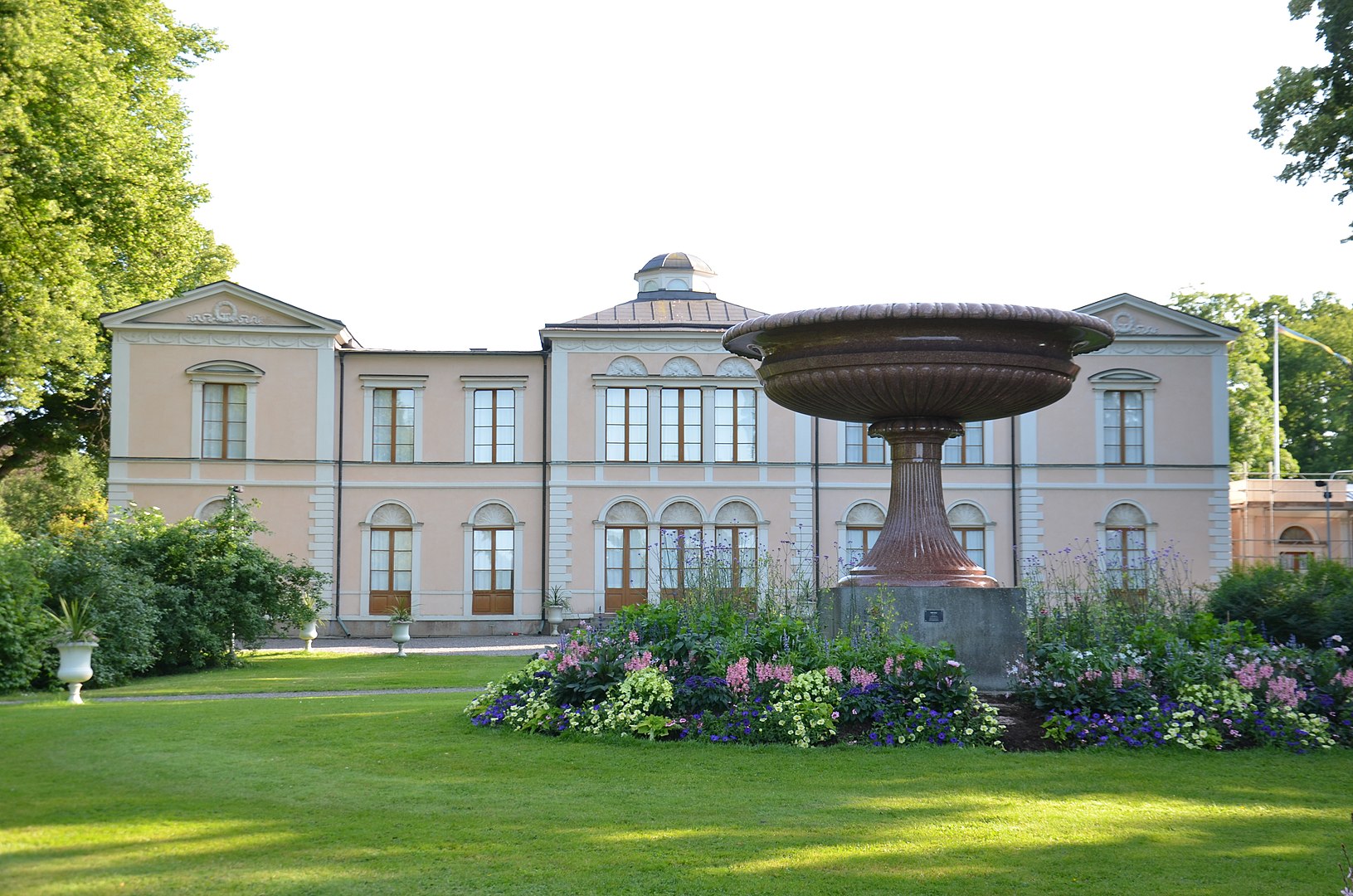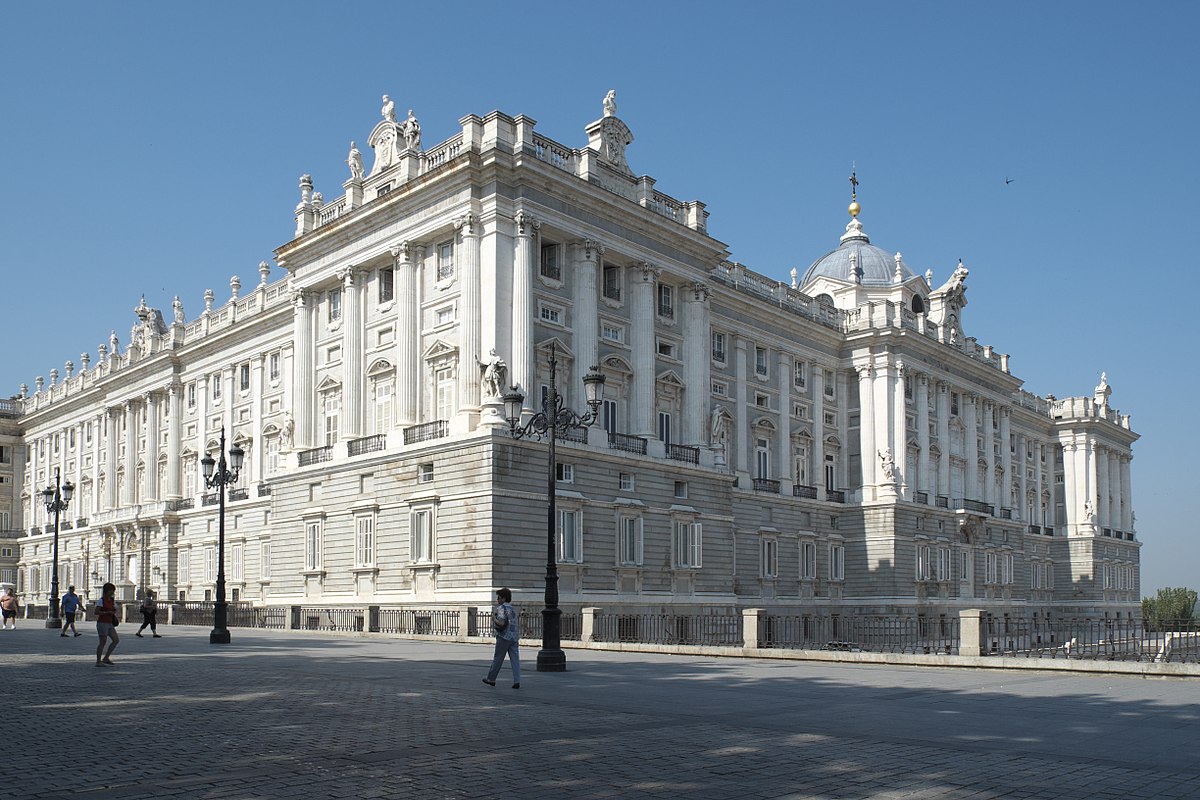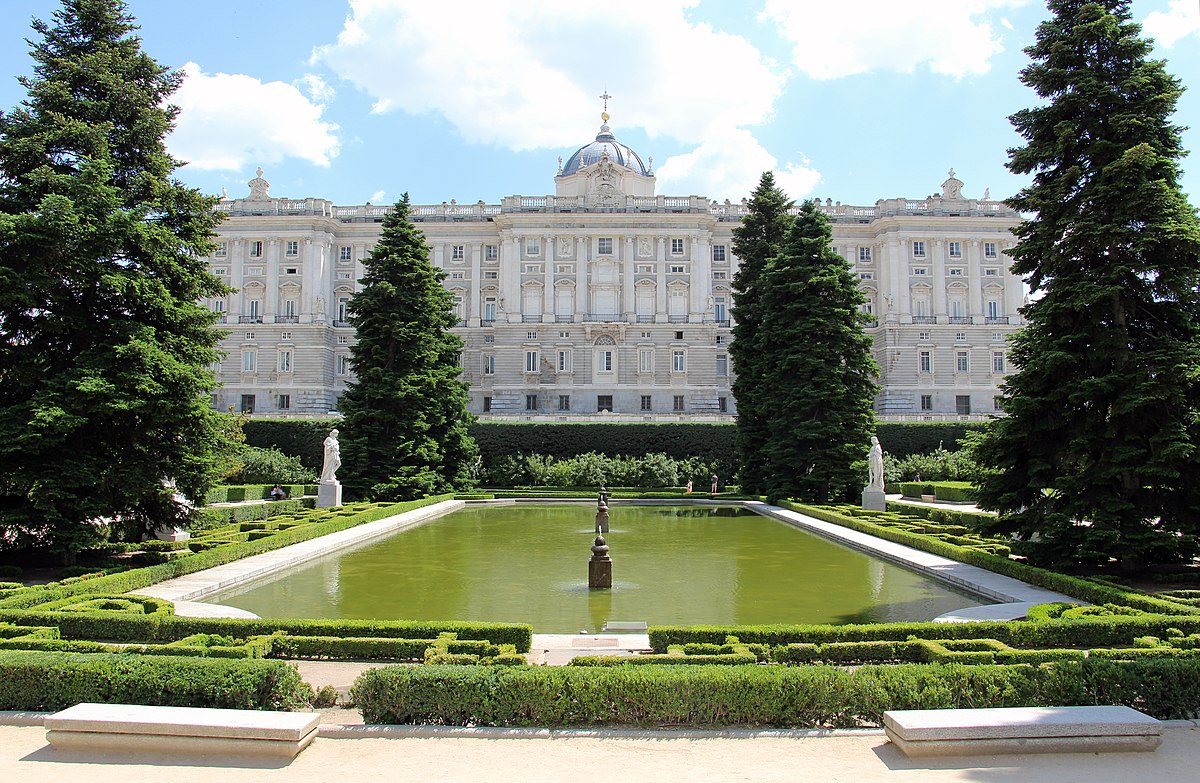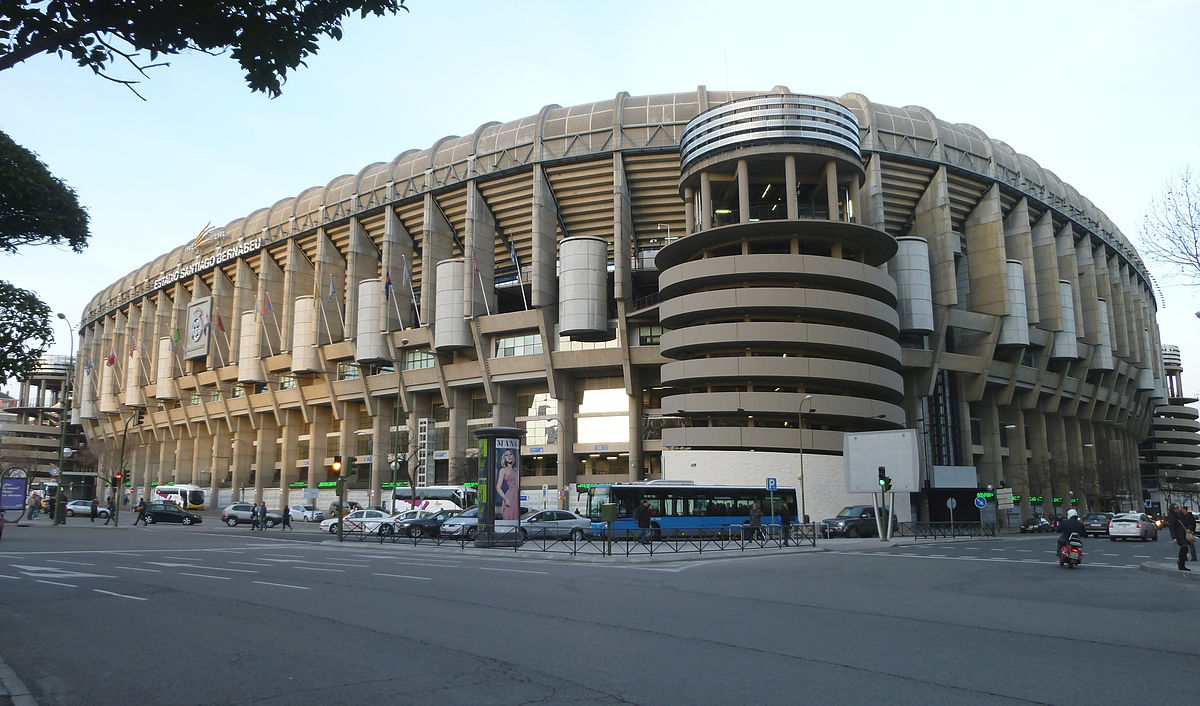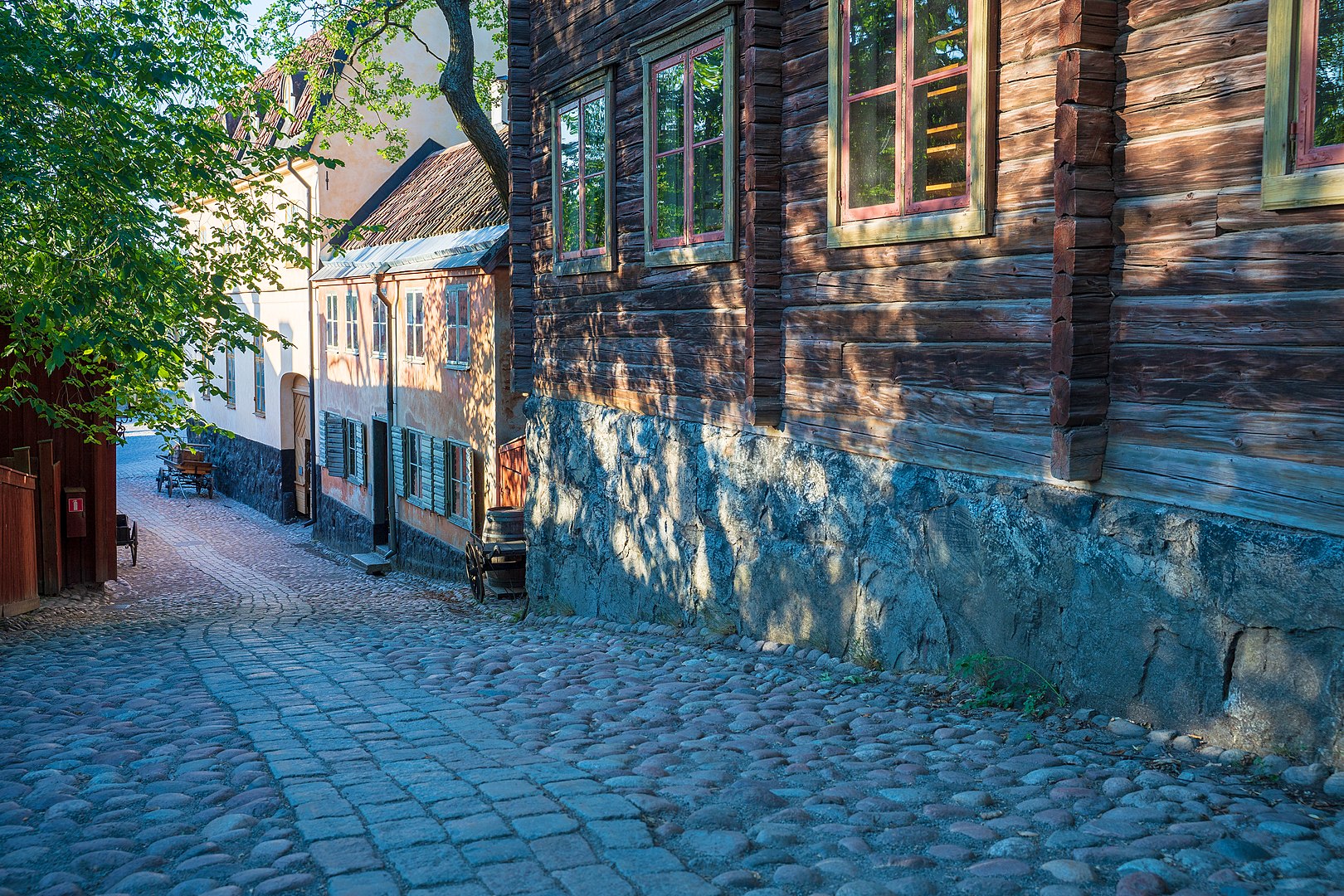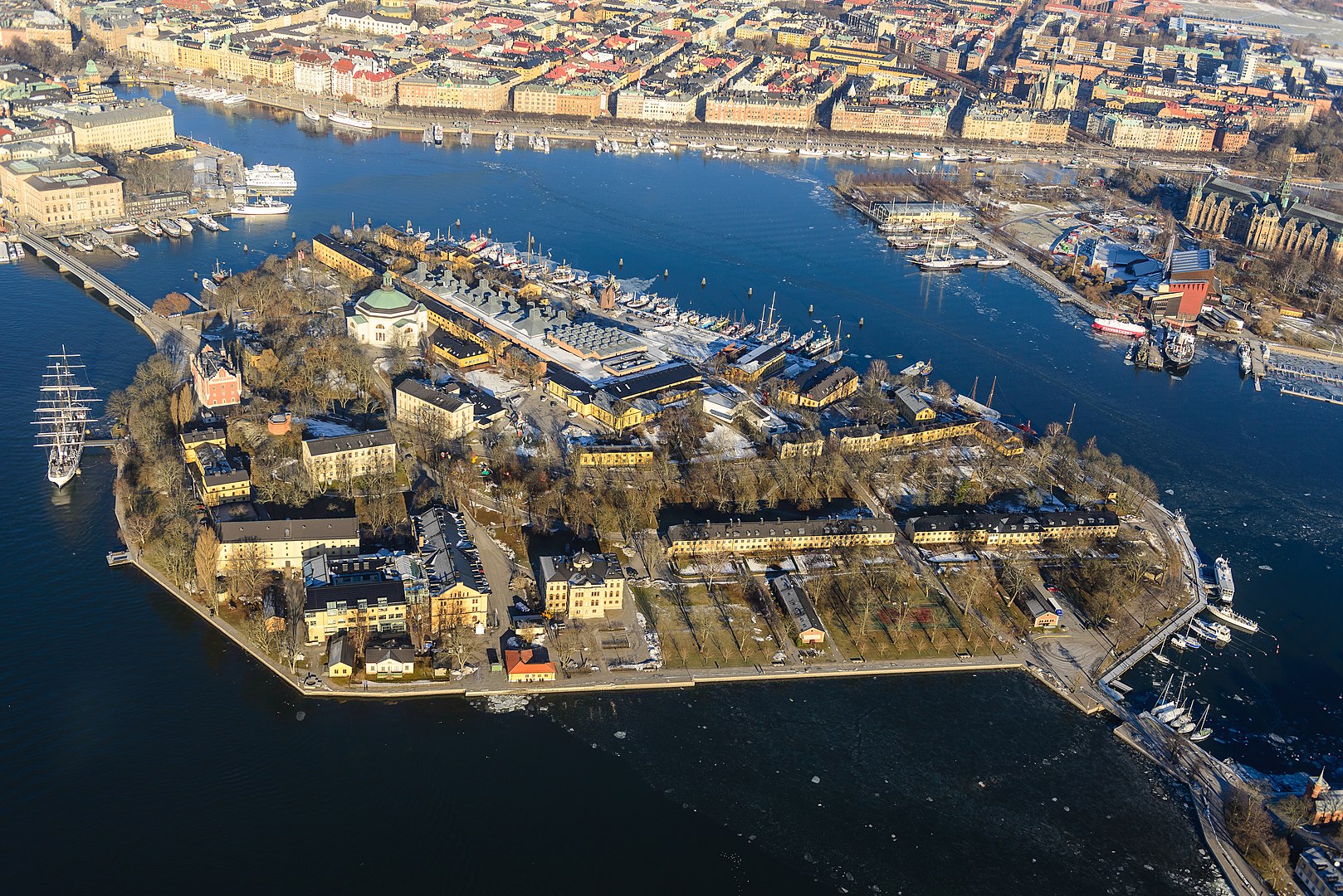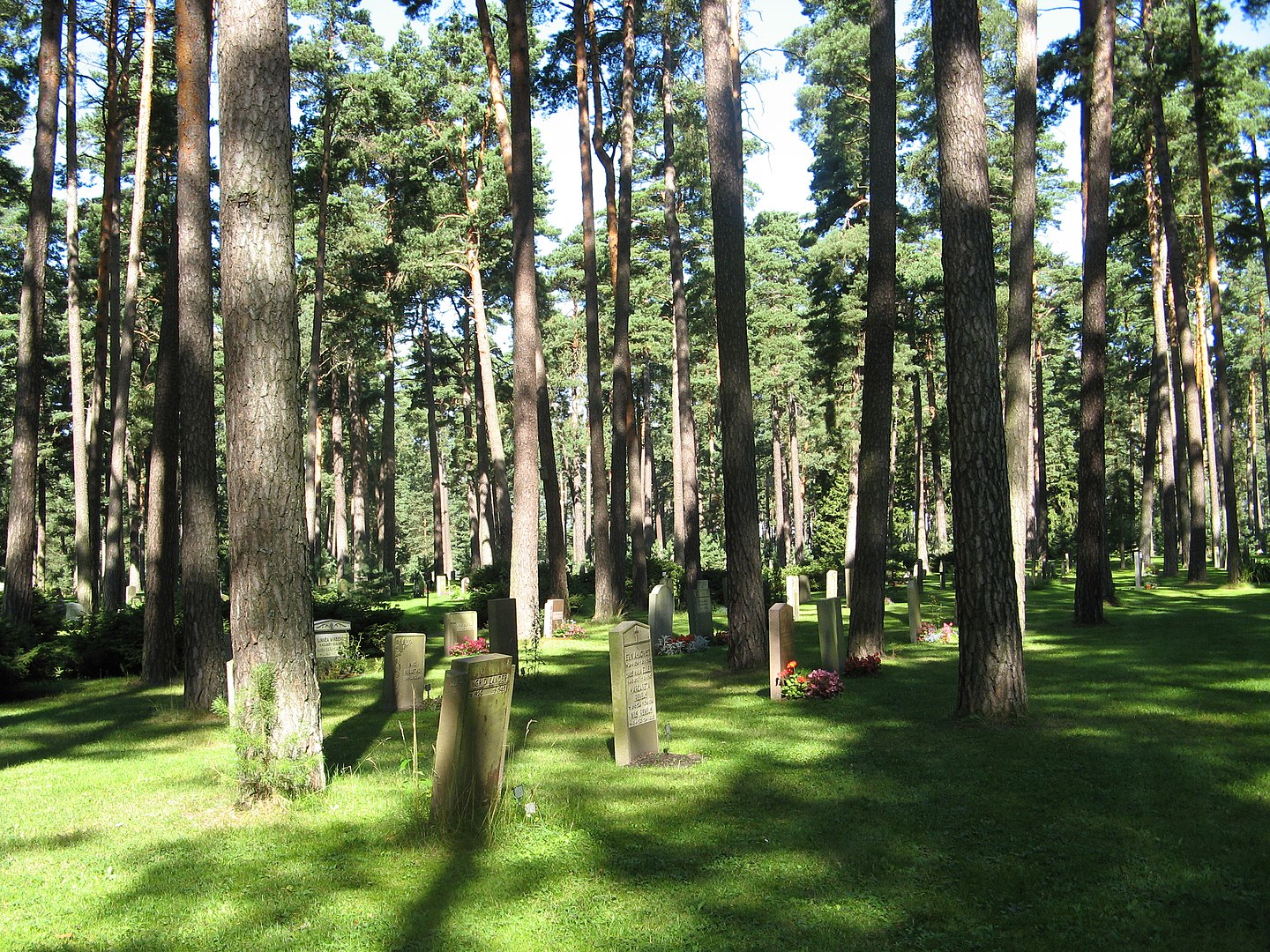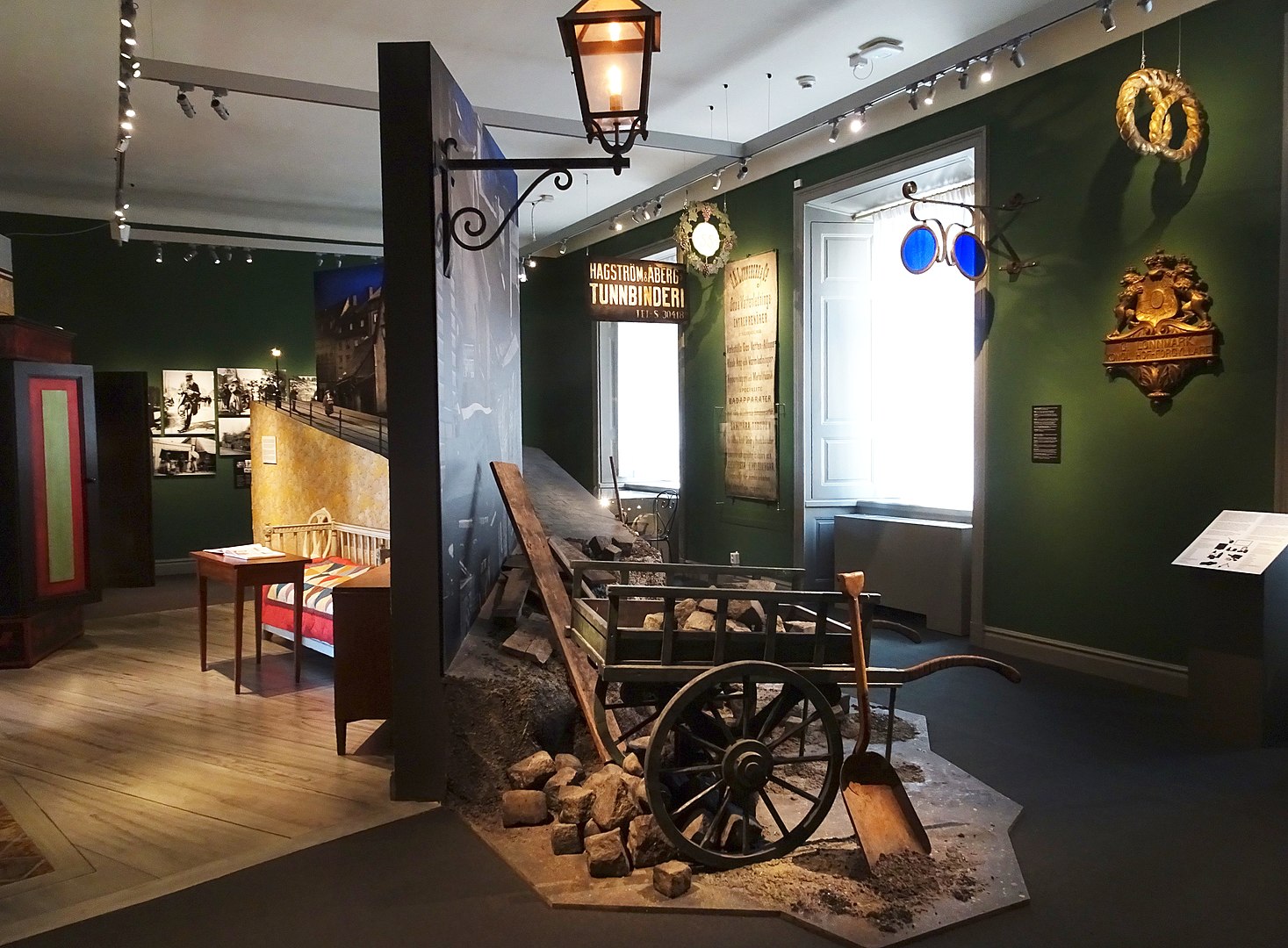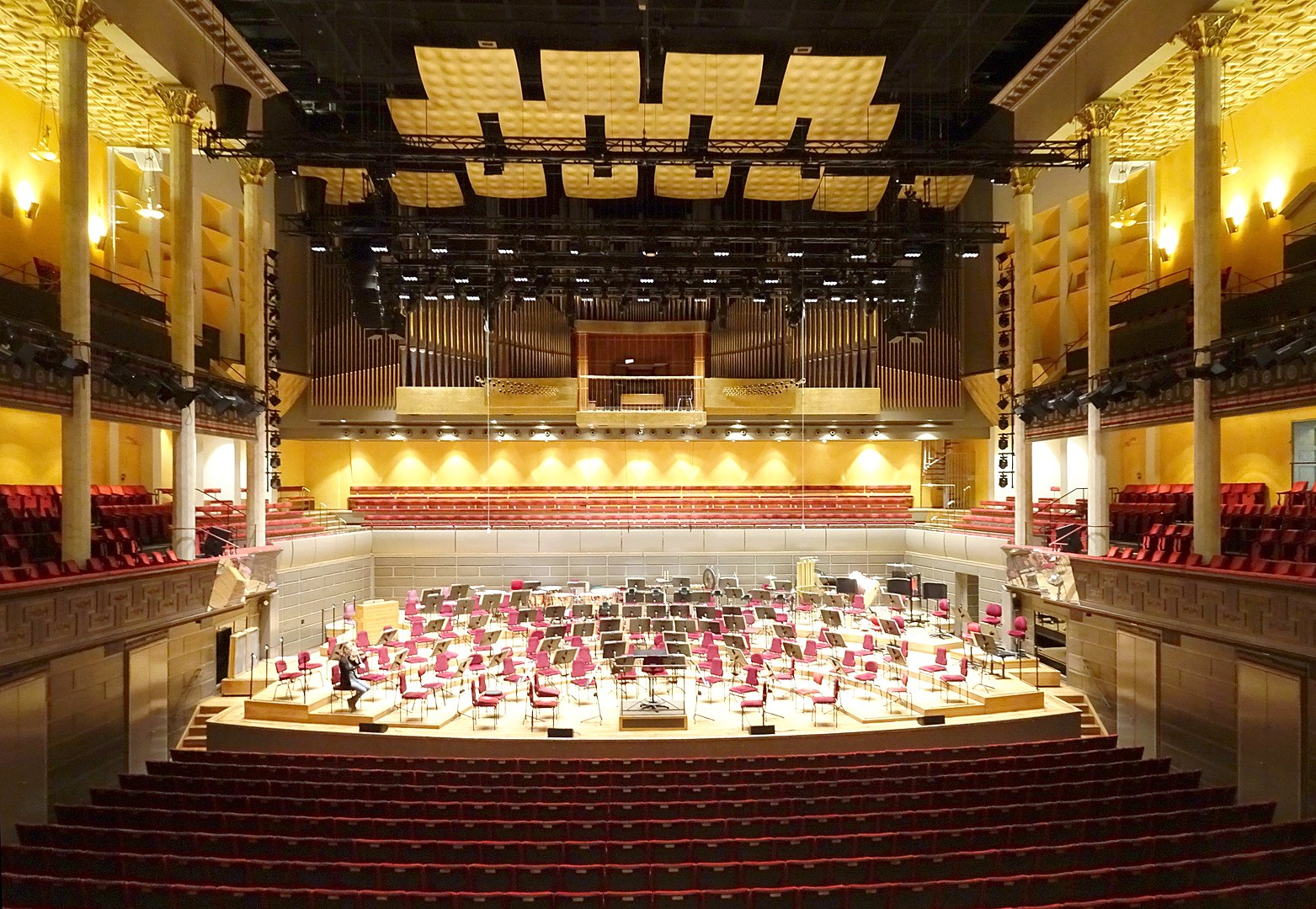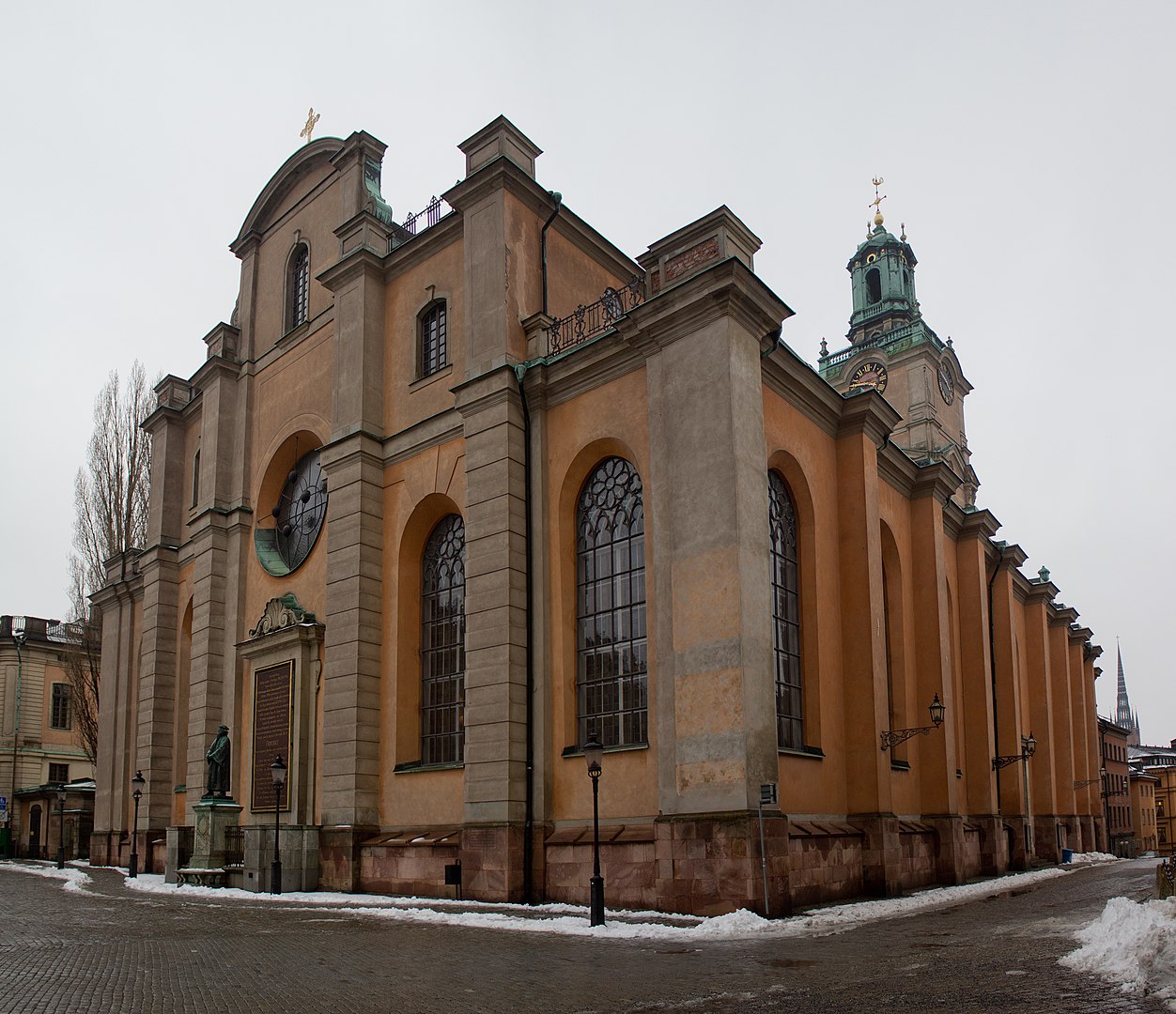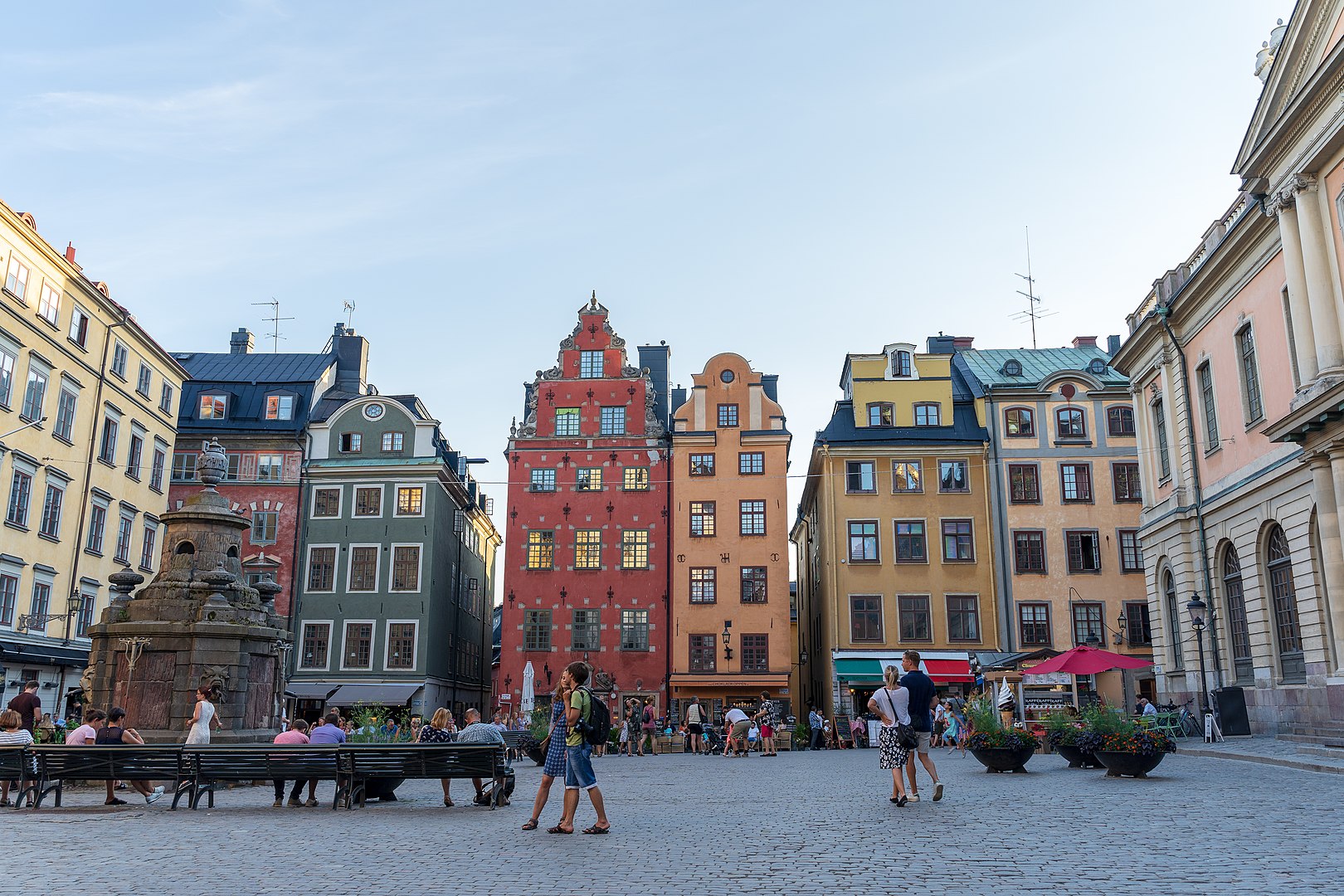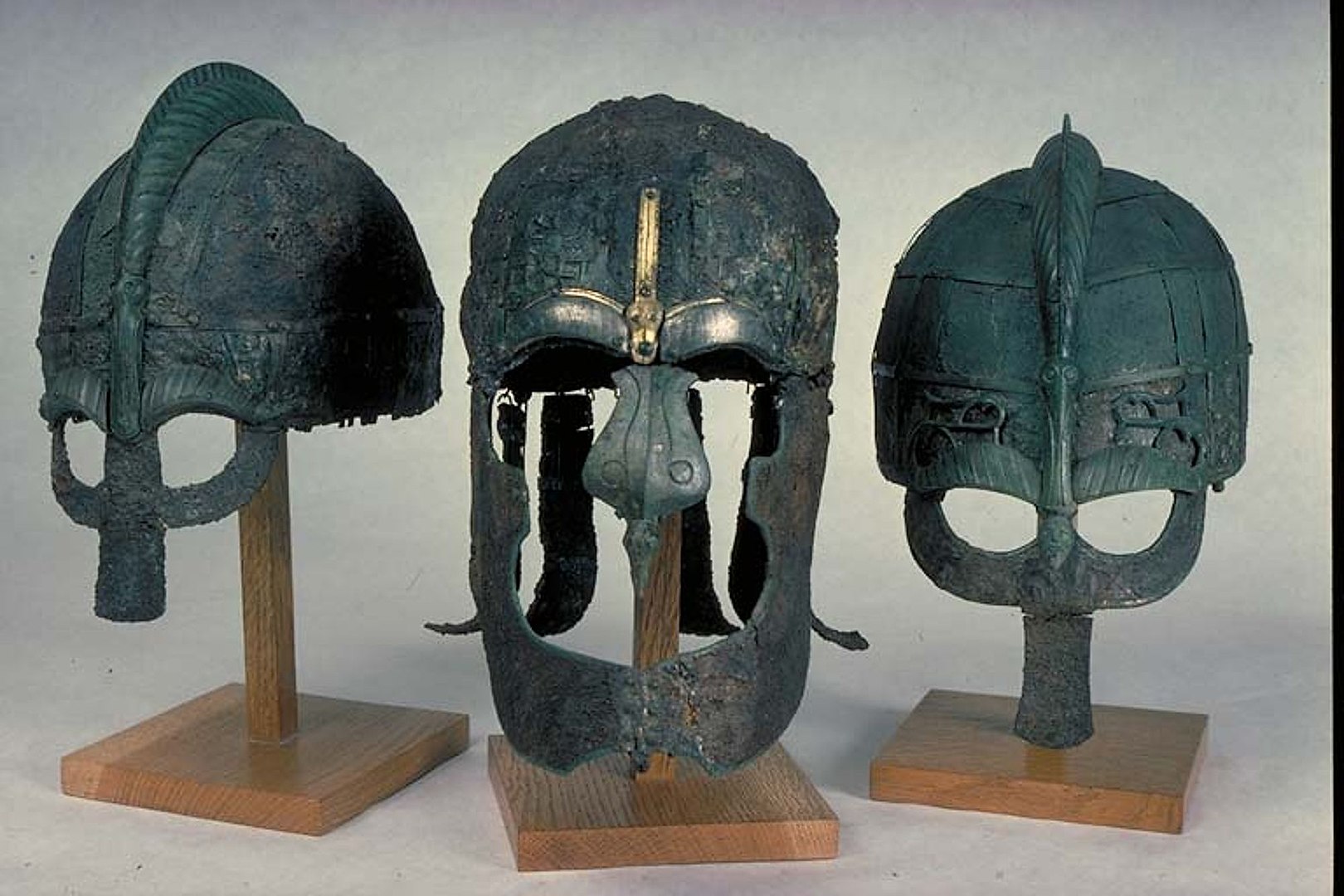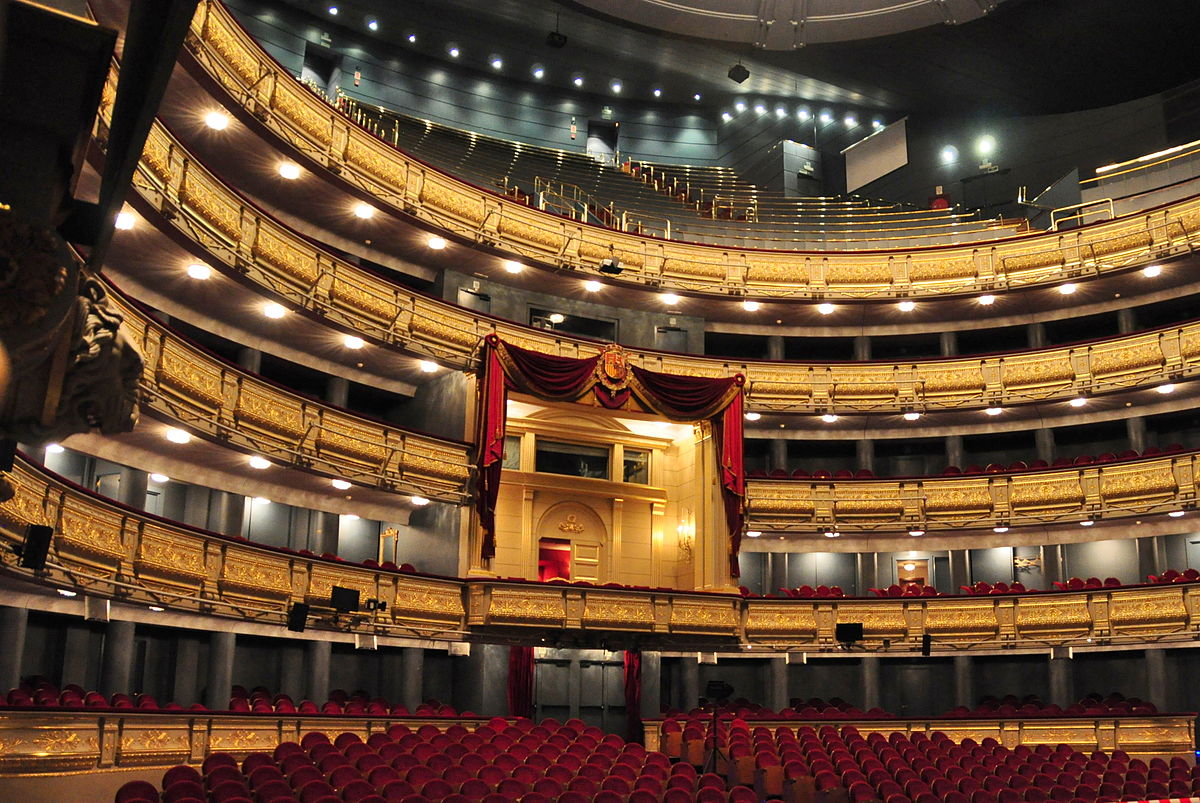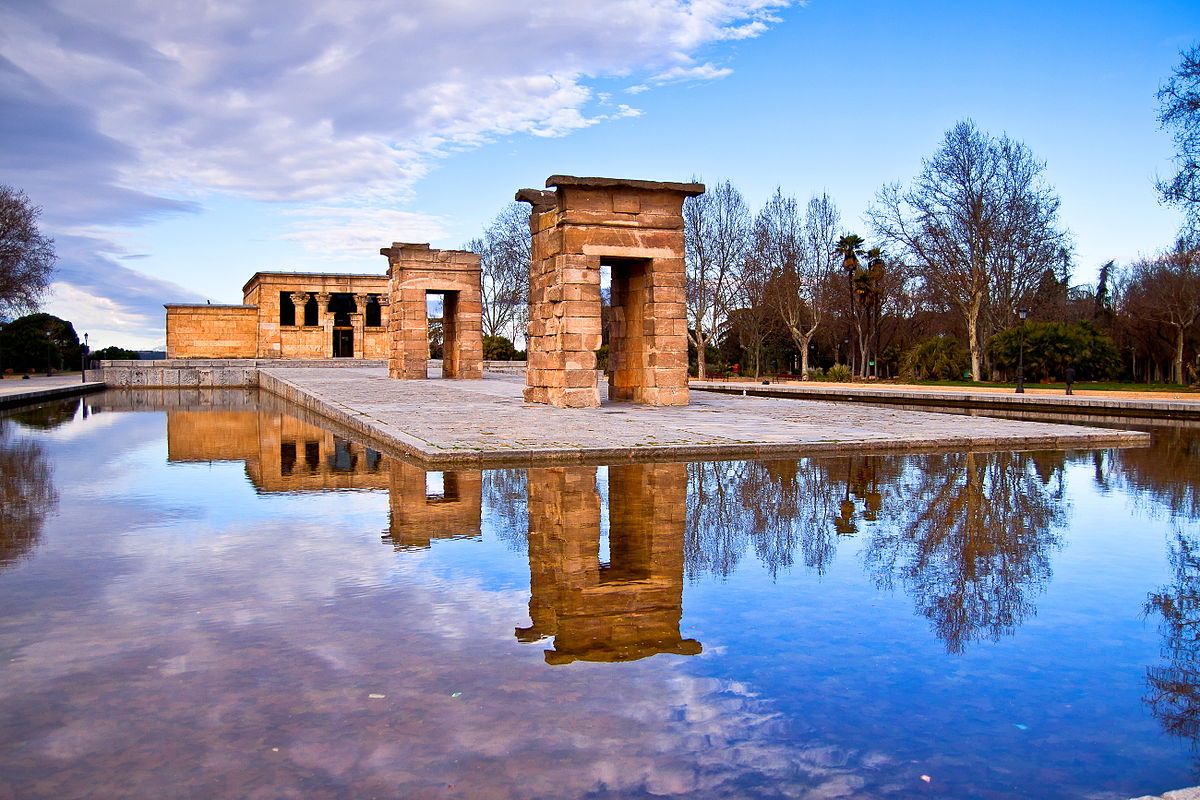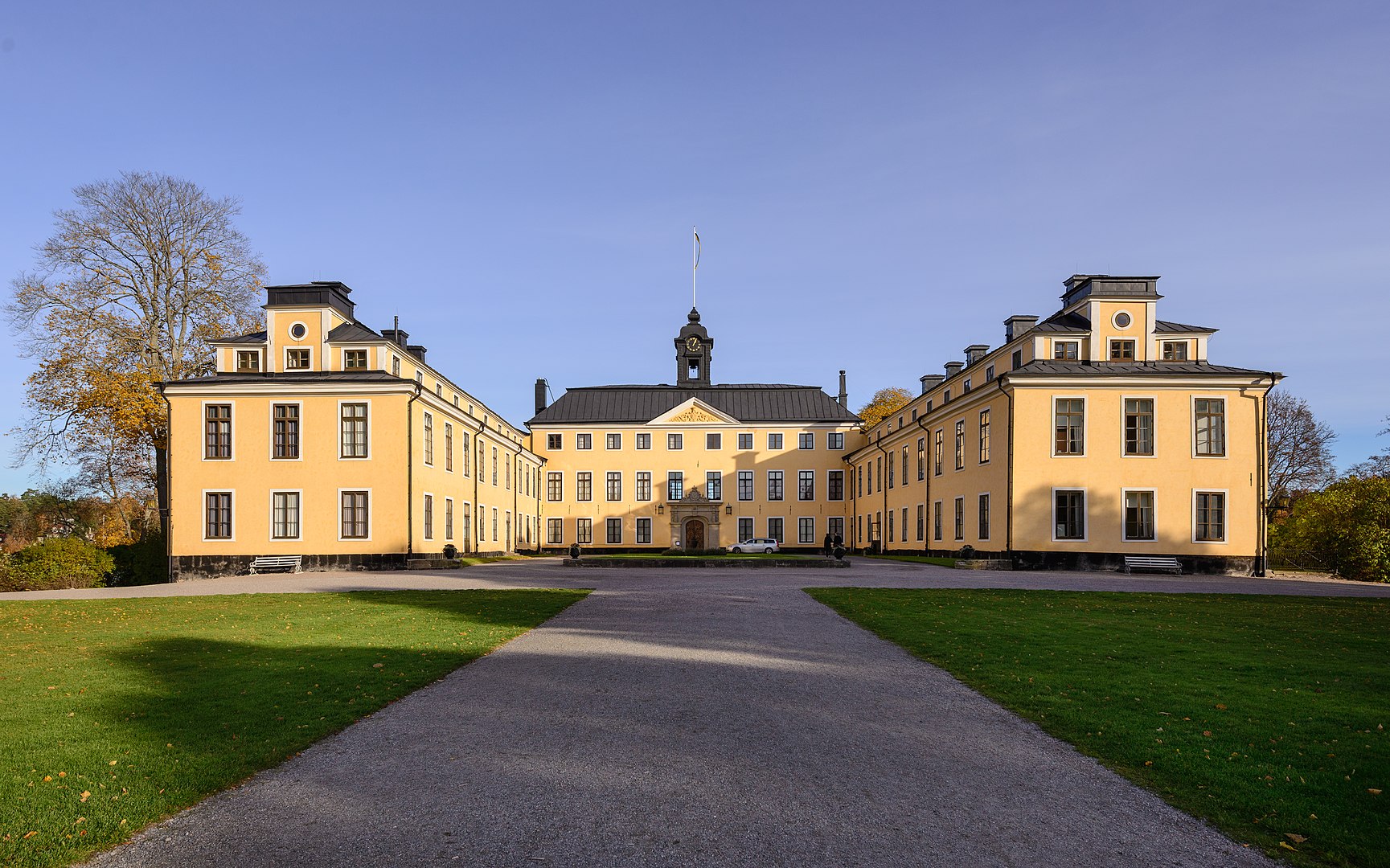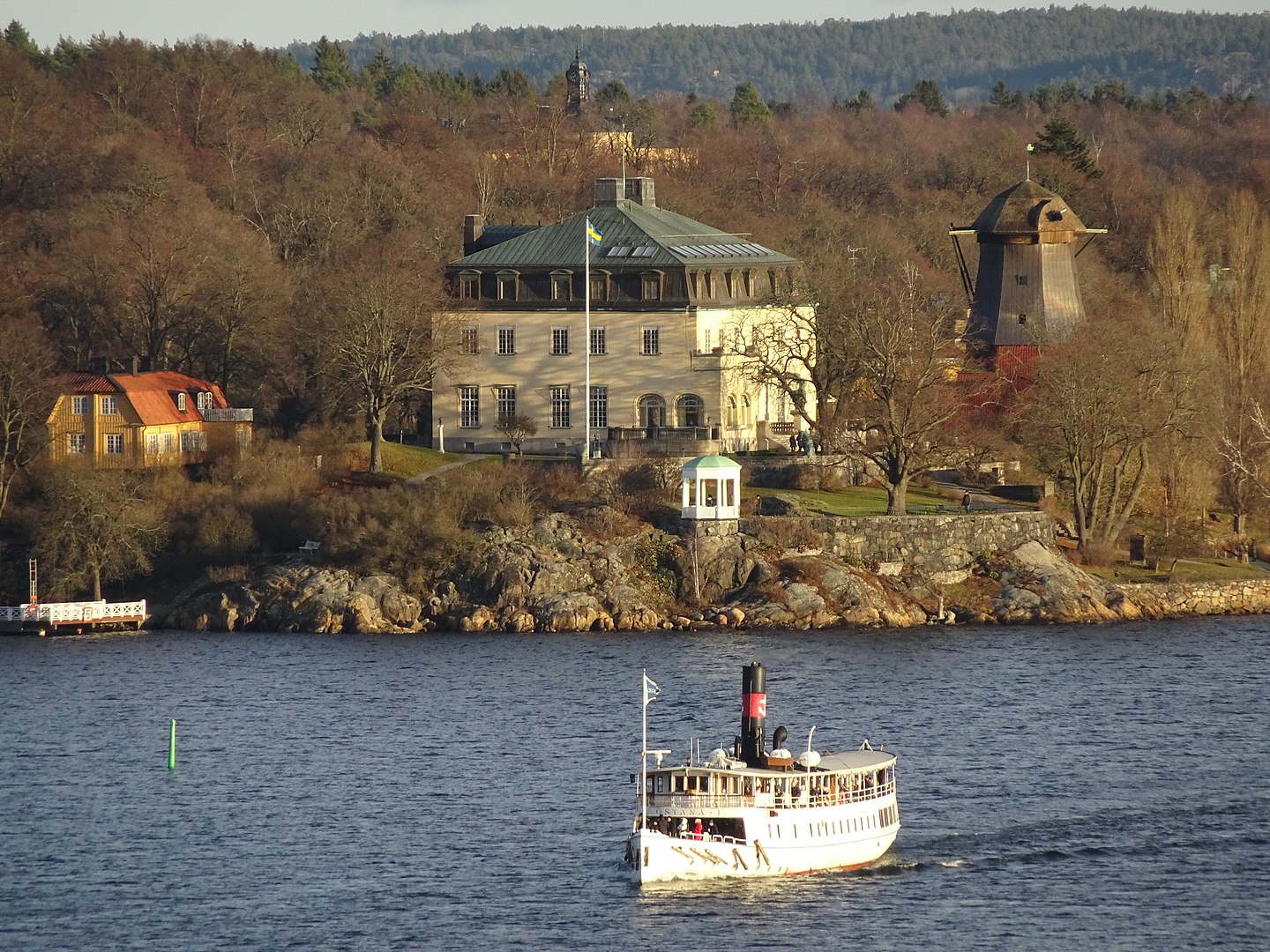MADRID
Why is Madrid worth a visit?
Madrid is a wonderful combination of famous sights, world-famous art museums, beautiful squares, magnificent city parks, diverse neighborhoods, a vibrant nightlife and good weather. And of course you can eat delicious tapas in the Spanish capital. And on top of that, the best soccer in the world is played here. You simply have to see and experience the capital of Spain.
Here are our top 10 reasons to travel to Madrid:
1. Madrid was once the capital of a world empire that stretched from Europe to America and East Asia. Accordingly, there are many historical places and sights to visit in the capital of Spain.
2. The sights of Madrid are among the most famous in Europe. The Royal Palace of Madrid, the monastery and palace complex El Escorial, the art Museum del Prado and the central square Plaza Mayor definitely belong to the must-see sights of every traveler.
3. Madrid has some world-class art museums. The Museum Mile with the Museo del Prado, the Museo Reina Sofía and the Thyssen-Bornemisza Museum is an absolutely unique art hotspot, as there are very few in the world.
4 Although Madrid is a metropolis of millions, the Spanish capital is also extraordinarily green. The city’s green spaces, especially the Retiro Park, the Sabatini Gardens and the Campo del Moro, are among the most beautiful inner-city parks in Europe.
5 Madrid is a city of squares. Hardly any other city in the world has so many, so interesting and so different squares to offer as the Spanish capital. The Plaza Mayor, the Plaza de Oriente and the Plaza de la Villa are only the tip of the iceberg.
6. Good soccer is played in Madrid. With Real Madrid and Atletico Madrid, two of the best teams in the world have their home here. A visit to the legendary Santiago Bernabéu Stadium of Real is absolutely worthwhile not only for soccer fans.
7 In Madrid you can very well turn night into day. Not for nothing they say “Madrid nunca duerma” – “Madrid never sleeps”. In terms of nightlife, the Spanish capital outshines most metropolises in the world.
8. Madrid is a great place for shopping. The capital of Spain is one of the most versatile shopping metropolises in Europe. The peculiarity of the city is its many different shopping districts, which surprise shopaholics with their own unique characters.
9. Madrid is a great place to eat. Spain’s tapas culture has already spread far beyond the country’s borders. However, the undisputed center of tapas is and remains Madrid.
10. Madrid has good weather. From spring to fall, the capital of Spain enjoys an extraordinary number of sunny days with warm weather and little rain.
For whom is Madrid worth a visit?
Sightseers:
The Royal Palace of Madrid, the monastery and palace complex El Escorial, the art museum Del Prado, the central square Plaza Mayor – the list of world-famous sights of Madrid is long. If you like sightseeing, you will spend many days in the Spanish capital.
History buffs:
The Spanish kings once ruled from Madrid a world empire that stretched from Europe through Central and South America to Asia. So it is not surprising that in the capital of Spain one encounters (world) history in many corners.
Museum visitors:
For lovers of art museums, Madrid is a true pardise. With the Museo del Prado, the Museo Reina Sofía and the Thyssen-Bornemisza Museum, the city has three of the most famous and important art museums in the world.
Park lovers:
If you like to stretch your legs in the greenery of a city, you will love Madrid. The gardens and parks of the Spanish capital, such as Retiro Park, Sabatini Gardens, Campo del Moro and Parque del Oeste are definitely among the most beautiful inner-city green spaces in the world.
Lovers of splendid squares:
Squares do exist in every city. But Madrid is unique in this respect. Hardly any other city has so many and above all so different squares to offer as the Spanish capital. The Plaza Mayor, the Plaza de Oriente, the Plaza de la Villa, the Plaza de Cibeles and the Puerta del Sol are just some of the “square highlights” of the city.
Soccer fans:
Even as a German/Austrian/Swiss soccer fan, you have to admit without envy that the best soccer in Europe is played in Madrid. With Real and Atletico Madrid, the Spanish capital is home to two of the top teams in Europe. A visit to the Bernabéu Stadium, the soccer temple of Real Madrid, is not only a great experience for Real fans.
Foodies:
Anyone who likes to eat well and a lot will have a real treat in Madrid. For one thing, the Madrileneans like to eat five meals scattered throughout the day, and for another, the city is the El Dorado of all tapas fans in the world.
Party people:
The people of Madrid seriously claim that “Madrid nunca duerma” – “Madrid never sleeps”. And in fact they are right. Not even in New York City is the night turned into day like in Madrid. When it comes to going out and partying, the Spanish capital is one of the hottest locations in the world.
Best time to travel
Madrid has a continental climate. Due to its location in the middle of the Iberian Peninsula at an altitude of over 650 meters, the climate of the Spanish capital is warmer and drier in summer and colder in winter than in the rest of the Mediterranean. The best time to visit is therefore spring (April and May) and fall (September and October). During these months, visitors benefit from relatively pleasant daytime temperatures between 20 and 25 degrees and relatively little precipitation. Those who love sun and heat can also travel to Madrid in the summer months, but must be prepared for temperatures beyond 30 degrees. In winter, on the other hand, Madrid can get quite chilly and rainy with temperatures around freezing point.
Getting there
By car:
With a distance of more than 2,000 kilometers from most parts of Germany, you should plan at least two days for the journey. Due to the well-developed public transport in Madrid, a journey by car is not advisable anyway.
By train:
Traveling by train involves changing trains several times.
By plane:
Madrid’s international airport is the largest in Spain and one of the largest in Europe. Accordingly, there are many connections to Germany, Austria and Switzerland. In Germany, there are several daily flights to Berlin, Düsseldorf, Frankfurt/Main and Munich. To Switzerland and Austria, there are several daily connections to Basel, Geneva, Vienna and Zurich. In addition, there are flights from Madrid to Hamburg, Cologne/Bonn and Stuttgart several times a week.
Shopping
Shopaholics can expect one of the most versatile shopping metropolises in Europe in Madrid. The special feature of the Spanish capital lies in its many different shopping districts, which all have very different characters. Whether international fashion in Sol, traditional goods in Las Austrias, antiques in Barrio de las Letras, hip and unusual in Malasaña, noble brands in Salamanca or second-hand goods on El Rastro – in Madrid there is the right district for every taste.
One of the main shopping areas of the city is the area between Puerta del Sol and Gran Vía with the shopping streets Calle de Arenal, Calle de Carmen and Calle de Preciados. Here in particular many department stores and fashion stores are located.
In the labyrinth of picturesque streets around the Plaza Mayor and the Royal Palace you will find most of the old-established stores of the city. If you are looking for a traditional hat, old handicrafts and typical sweets, you should take a look in the Las Austrias neighborhood.
The Barrio de las Letras around the Plaza de Santa Ana is known for its antiquarian bookstores. The streets where the famous authors of the Spanish Golden Age once lived are now home to many antiquarian bookstores, vintage furniture stores and craft stores.
For those who like a little more alternative shopping, head to Malasaña, Madrid’s hipster district. Fashionistas will have a blast here at the many original fashion stands by up-and-coming Spanish designers.
Those who have traveled to Madrid with a well-filled wallet should start (and end) their shopping tour in the elegant Barrio de Salamanca. After all, Calle Serrano is considered Madrid’s chicest shopping street. Here the noble boutiques and flagship stores of Spanish and international fashion, shoe, bag and jewelry brands are lined up.
The counterpart to Calle Serrano is Calle Fuencarral. Although the street has been heavily hijacked by international brands in recent years, it is still probably the coolest shopping street in Madrid. Here you can find the latest trends in fashion, shoes, makeup and accessories.
And last but not least, we should mention a very special shopping institution of Madrid, which magically attracts not only bargain hunters: El Rastro – the most popular flea market in Spain. Every Sunday, thousands and thousands of people make a pilgrimage to the La Latina neighborhood to browse antiques, clothing, books, household goods and art objects at El Rastro.

Food and drink
Madrid is a true Eldorado for all people who like to eat often, well and versatile. Hardly any other city in Europe can compete with the Spanish capital when it comes to gastronomy. Especially for fans of the tapas culture, Madrid is paradise par excellence. Here you are spoiled for choice between hundreds and hundreds of tapas bars.
The culinary daily routine of the Madrileneans begins with a sweet or savory breakfast (sp. “Desayuno”). If you like typical Madrilenian food, you should order hot chocolate with churros (a fried pastry made of choux pastry) dipped in cocoa for breakfast. Madrileneans are generally late breakfast eaters. Often the first meal is not eaten until around 10 o’clock.
A typical peculiarity of Spanish eating habits is to eat five times a day. Thus, the second meal of the day (sp. “Almuerzo”) is taken around 12 o’clock. Since the almuerzo is more of a snack than a full lunch, the portions are also somewhat smaller. Typical almuerzo snacks include bocata de calamares (breaded squid rings in a baguette) or a pincho de tortilla (a small omelet).
The actual lunch (sp. “comida”) is not served in Madrid until between 2 and 4 pm. The comida is usually the richest meal of the day. The Madrileneans also take much more time for it than is usual in our latitudes. Most restaurants in Madrid offer a daily menu (sp. “Menú del Día”) for the comida, which consists of an appetizer, a main course, a dessert and often also a drink. The comida is a good opportunity to try the typical dishes of the Castilian or Spanish cuisine. If you don’t like the menu of the day, you can of course also eat à la carte.
In order to pass the time until the late dinner, people in Madrid meet in the late afternoon for a “merienda”. This is usually a sweet snack, such as Roscón de Reyes (a ring-shaped cake with candied fruit), Torrijas (a breaded and fried bread dipped in milk or wine), Bartolillos (fried dumplings filled with cream) or Buñuelos (cream puffs).
Dinner (sp. “cena”) is eaten very late in Madrid, usually between 9 and 11 pm. Since the hot lunch is the largest meal of the day, the cena tends to consist of smaller portions of lighter dishes. The classic cena dishes are tapas and raciones. A tapa is a small dish that is really just an accompaniment to a drink. Almost every Spanish dish is served in tapa form. Thus, in most tapas bars you have a choice of dozens of soups, meat and fish dishes. Also typically Spanish are the so-called raciones. Since conviviality is very important in Madrid, people also like to share their food. So if you’re traveling in company, it’s best to order this combination of different types of sausage and cheese, meatballs, potatoes, squid, octopus and cuttlefish. By the way, the best areas for tapas and raciones are the neighborhoods of La Latina, Lavapiés and Malasaña.
Lastly, a note on a peculiarity of the gastronomic scene Madrid. The capital of Spain is known for its many excellent markets. In almost every part of the city there is a market where you can buy fresh fruit, vegetables, fish and meat of the best quality. And the good thing is that in most markets there are also small bars and restaurants where you can enjoy a snack or drink.
Last but not least, it is worth mentioning that Madrid has become a big city of international stature in the last few decades. Accordingly, the gastronomic scene of the Spanish capital is of course not limited to Spanish dishes, but also very international. So if you like Chinese, Indian, Italian, Japanese or Latin American cuisine, you’ll find it in Madrid just as well.
Nightlife and entertainment
“Madrid nunca duerma” – “Madrid never sleeps”. New York City also claims this, but the fact is that Madrid’s nightlife can easily compete with NYC’s legendary nightlife. In fact, Madrid is one of those cities where you’ll usually find more people on the streets at 3 a.m. than at 3 p.m.
Similar to shopping, Madrid’s different neighborhoods have their own unique nightlife character. Depending on your taste in bars or music, it’s best to head to a particular neighborhood.
A good entry point to Madrid’s nightlife is Plaza de Santa Ana and the surrounding streets of the Huertas neighborhood. Here, there is also something going on during the week (from Sunday to Wednesday night). On weekends (Thursday to Saturday night) the narrow streets literally overflow. Those who like to spend their evening in classic beer bars and pubs with live music will definitely feel at home in Huertas.
Another very popular area to start the evening is the La Latina neighborhood. The neighborhood’s narrow and winding streets are home to countless quaint and trendy tapas bars and tabernas, offering beer, wine and the Spanish mini-bites that make for the perfect transition into Madrid’s nightlife.
Another hotspot of Madrid’s nightlife is the Malasaña neighborhood. Malasaña is alternative and hip. Accordingly, the nightlife is one of the most diverse in the Spanish capital. In the streets and squares of Malasaña, many rather younger people meet for a so-called “botellon” (the Spanish variant of the pregame), and then continue drinking and dancing in one of the neighborhood’s many bars and clubs.
Other typical nightlife districts are Alonso Martínez and Argüelles (for a rather younger crowd), Chueca (home to Madrid’s gay scene), Lavapiés (with a very multicultural scene) and Salamanca (for yuppies, snobs and other more or less wealthy people).
Finally, a little note on the proper timing of nightlife. As with food, Madrileneans are also late starters when it comes to nightlife. Between 9 p.m. and 11 p.m., you can still have dinner in one of the countless tabernas and tapas bars. Only afterwards the real nightlife (sp. “marcha”) begins. As the night progresses, the action shifts from bars and pubs to clubs and dance halls. “Madrid nunca duerma” is not one hundred percent correct, because on weekends bars have to close at 3:30 am. Those who still have enough party energy then have to move on to a club or disco.
Sights
- All in Madrid
- Alle in Stockholm
- Beaches
- Bridges
- Castles & Palaces
- Churches & Monasteries
- Districts
- Gardens & Parks
- Highlights
- Historical buildings
- Museums & Galleries
- Natural landscapes & National parks
- Other sights
- Shopping
- Streets & Squares
- Theater & Opera houses
- Theme & Amusement parks
- Viewpoints
- World Heritage Sites
- Zoos & Aquariums

Photos: Sebastian Dubiel, Plaza Mayor de Madrid 06, CC BY-SA 3.0 DE / GFreihalter, Madrid Palacio Real 079, CC BY-SA 3.0 / Fred Romero from Paris, France, Madrid – Jardines de Sabatini (36031375106), CC BY 2.0 / CARLOS TEIXIDOR CADENAS, Escultura del Oso y el Madroño, Puerta del Sol, Madrid, España, Spain, CC BY-SA 4.0 / Zvonimir Stamenov, Monasterio de El Escorial en Madrid, CC BY-SA 4.0 / Luis García, Catedral de la Almudena (Madrid) 25, CC BY-SA 3.0 / Carlos Delgado, Palacio de Comunicaciones – 47, CC BY-SA 3.0 / Richard Mortel from Riyadh, Saudi Arabia, Casa de la Villa, Madrid, 1645 and after (6) (29202949122), CC BY 2.0 / Carlos Delgado, Plaza de España de Madrid – 02, CC BY-SA 3.0 / Fermín Rodríguez Fajardo, Calle de Alcalá (Madrid) 16, CC BY 2.0 / Kaofenlio, Puerta de Alcalá con su entorno by fenlio, CC BY-SA 3.0 ES / Fred Romero from Paris, France, Madrid – CaixaForum (36052652651), CC BY 2.0 / Gonzopowers, Retiro paseos (945097640), CC BY 2.0 / Diego Delso, Palacio de Cristal, Parque del Retiro, Madrid, España, 2017-05-18, DD 24, CC BY-SA 4.0 / Markus Unger from Vienna, Austria, Santiago-Bernabeu5 (8717465545), CC BY 2.0 / Max Alexander / PromoMadrid, MADRID 060502 MXALX 111, CC BY-SA 2.0 / Sbharris, Wine and cheese snacks Mercado de San Micuel Madrid, CC BY-SA 4.0 / Luis García, Plaza de Oriente (Madrid) 32a, CC BY-SA 4.0 / Alfredo Urdaci / PromoMadrid, MADRID 100206 UDCI 023, CC BY-SA 2.0
English version: Machine translation by DeepL






